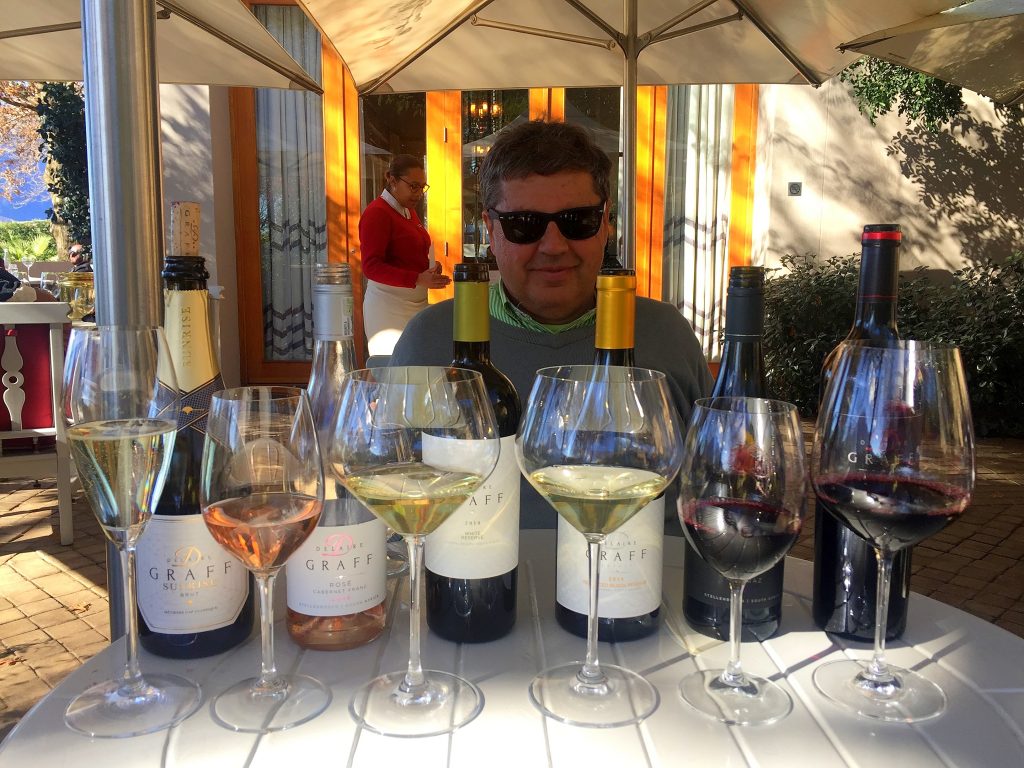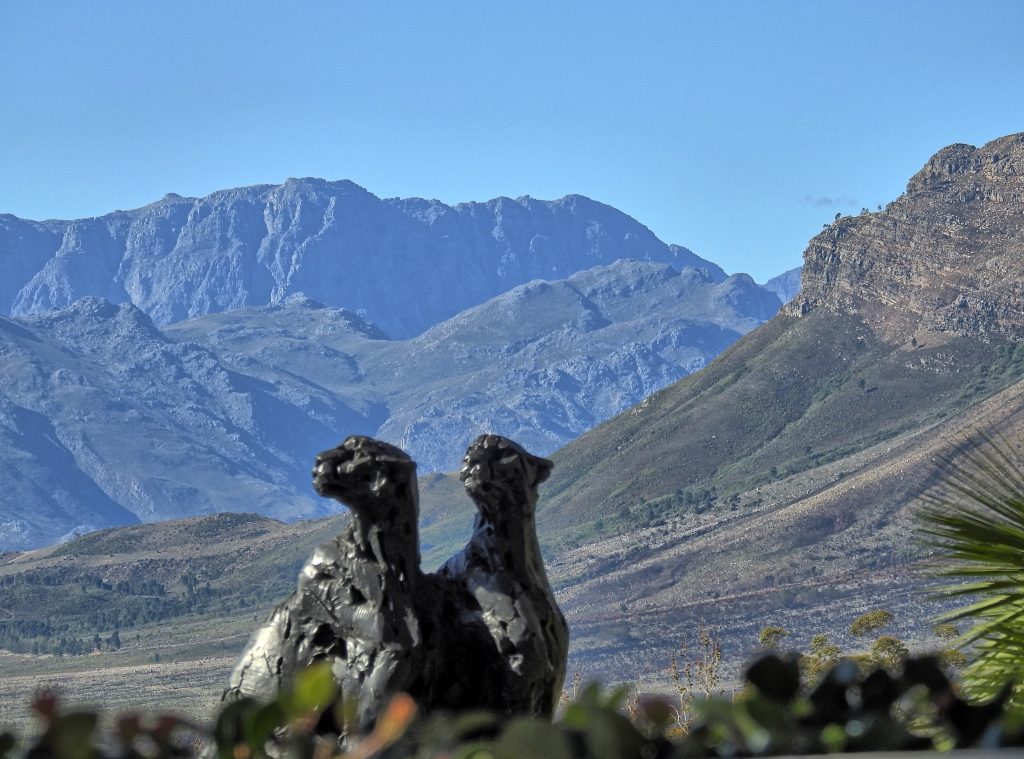Onguma was the end of the first half of trip, where the focus was on animals. We were now starting the second half, where the landscape was playing the major role and the first leg was a flight to Hartmann Valley with a refueling stop in Ondawanga. Landing at a dirt strip in the middle of nowhere, in a desert, with imposing mountains around was surrealistic – the airstrip had a toilet with running water, soap and the guide who greeted us already had cold drinks and some snacks ready for us.

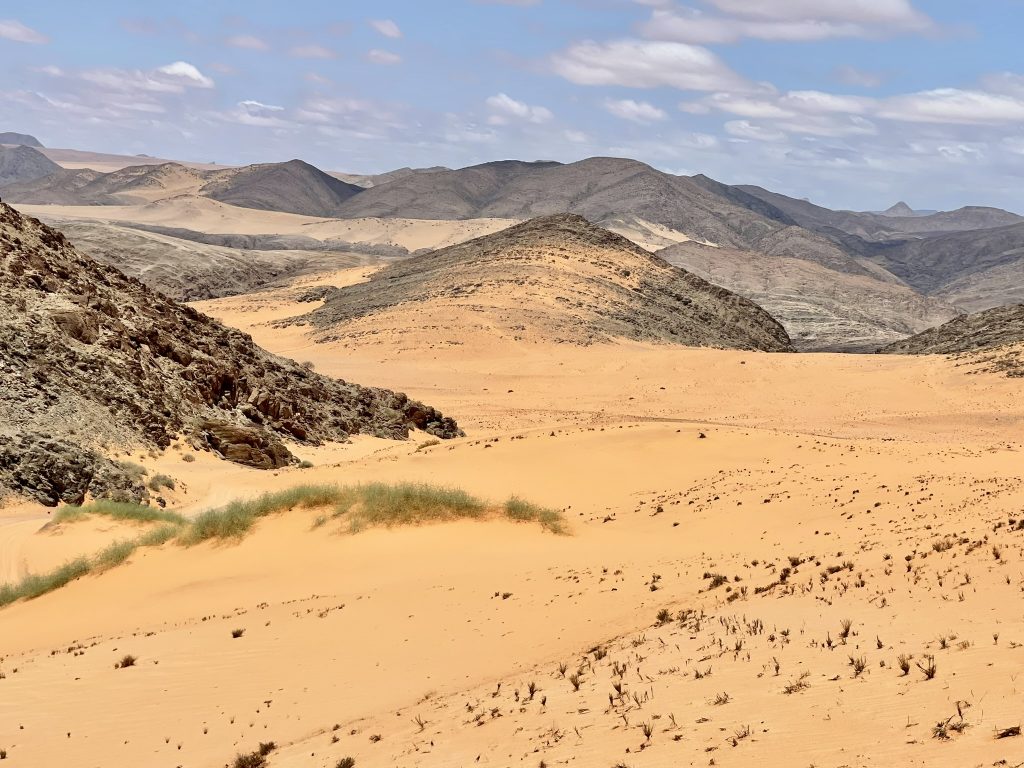
We drove for an hour to Serra Cafema lodge, which is located at the Kunane river, a border between Angola and Namibia.

This was the farthest we were from departure and the most remote. The lodge has eight bungalows over the river with a large bedroom and a living space.
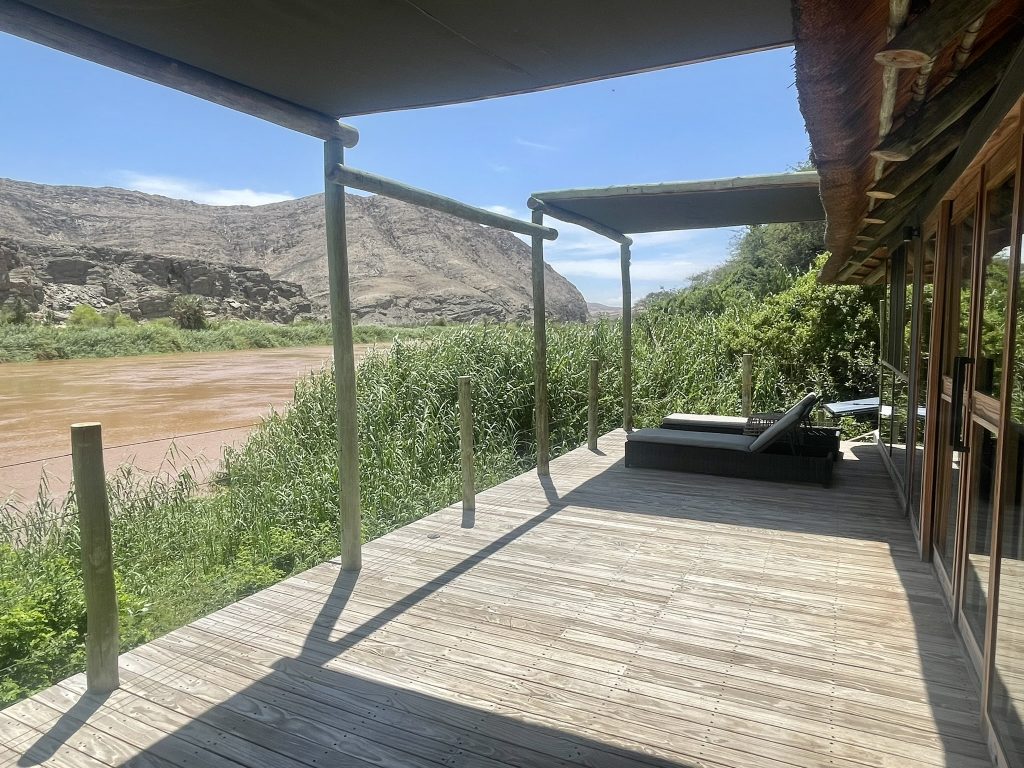
As elsewhere, the staff is incredibly attentive, and since everything is included, if you ask for something and they have it, you will get it. When you arrive, you are always greeted by all the staff singing welcome, cold towels, and a refreshment drink. When you leave, there is an a cappella goodbye song.
In the afternoon, we went for a boat ride on the river. The blue mountains on the Angola side, yellow and gold of the desert and the green vegetation along the river create an incredible contrast. Our sundowner was actually on the Angola side of the river, I suppose it was an illegal entry without immigration control!
Next morning, we boarded ATVs for some fun driving over the dunes and climbed up to see incredible views over the Kunanu river, which is flowing down in a deep canyon.

In the afternoon, we visited a nearby village of Himba people. The Himba have clung to their traditions; the women are noted for their intricate hairstyles which and traditional jewelry, and men and woman wear few clothes apart from a loin cloth or goat skinned mini skirt, they rub their bodies with red ochre and fat to protect themselves from the sun which also gives their appearance a rich red color.
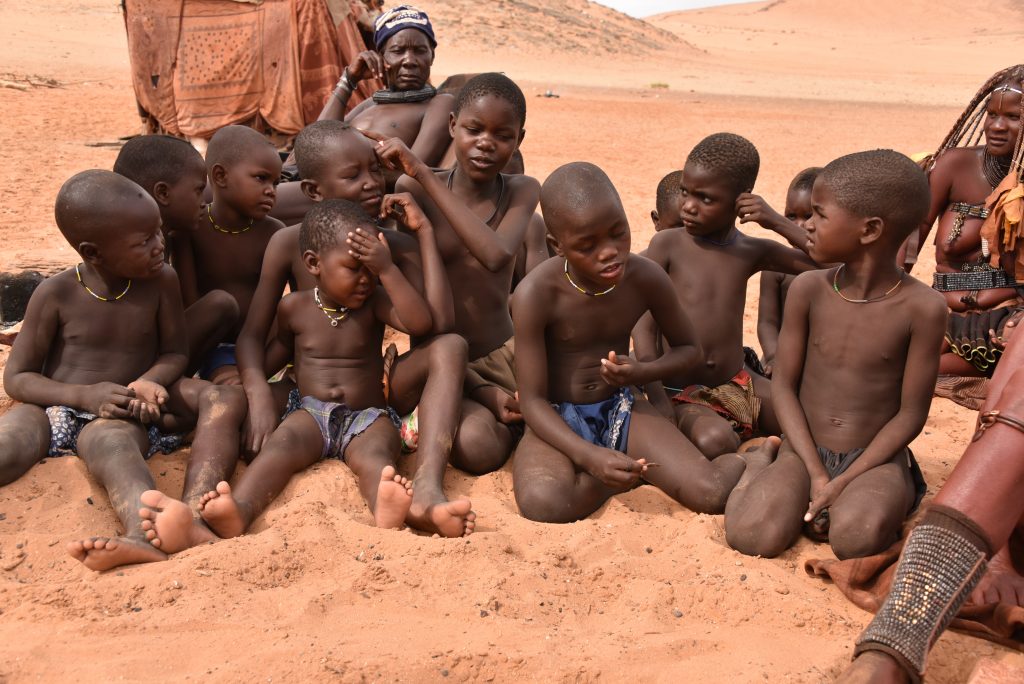
I would love to stay one more day in Serra Cafema, this would be an ideal place for a 3-night stay in the middle of the trip. However, we had to follow our itinerary and the next morning we departed for an hour drive back to the airplanes, take off and low-level overflight of the river and the lodge towards the ocean. We followed the coast at a few hundred feet southbound. At that altitude, we could see thousands of seals sunbathing on the beach and I was struck by the realization that we are hundreds of miles from any civilization. Yes, we had PLBs and satellite messengers to send distress messages in case of problems, but it was far for certain that anybody would come to our rescue in that remote part of the world if we had any problems. This was Skeleton Coast.
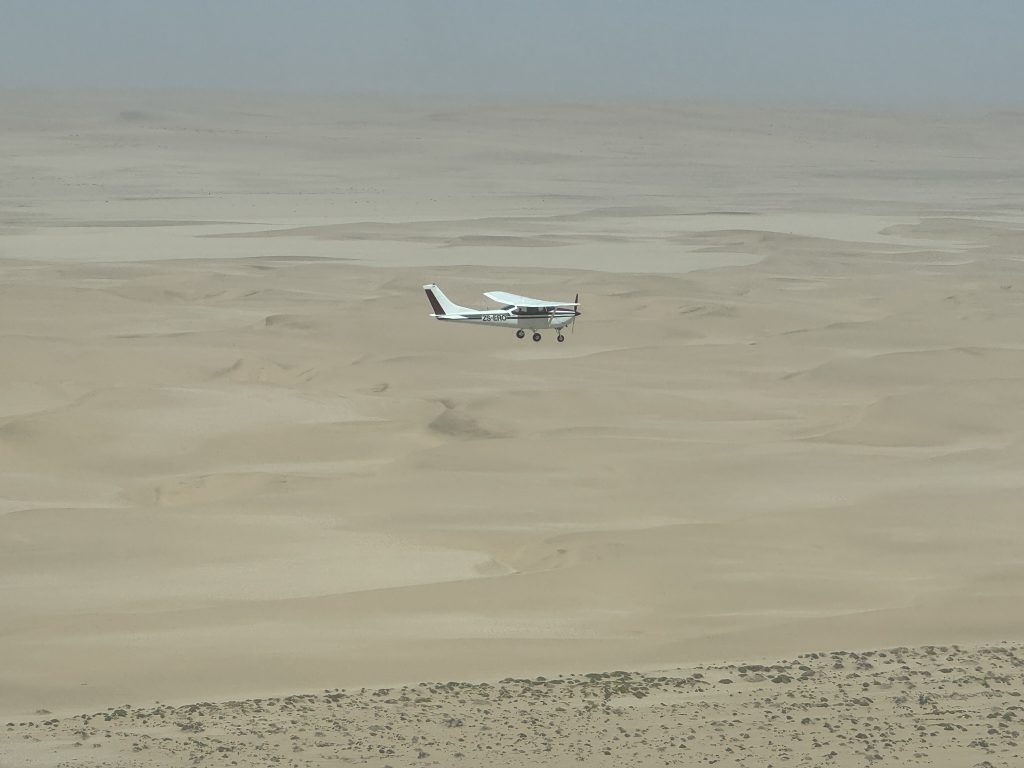
Bushmen of the Namibian interior called the region “The Land God Made in Anger”, while Portuguese sailors once referred to it as “The Gates of Hell”. On the coast, the upwelling of the cold Benguela current gives rise to dense ocean fog for much of the year. The winds blow from land to sea, and rainfall rarely exceeds 0.4 inches annually. In the days before engine-powered ships and boats, it was possible to get ashore through the surf, but impossible to launch from the shore. The only way out was by going through a marsh hundreds of miles long and only accessible via a hot and arid desert.
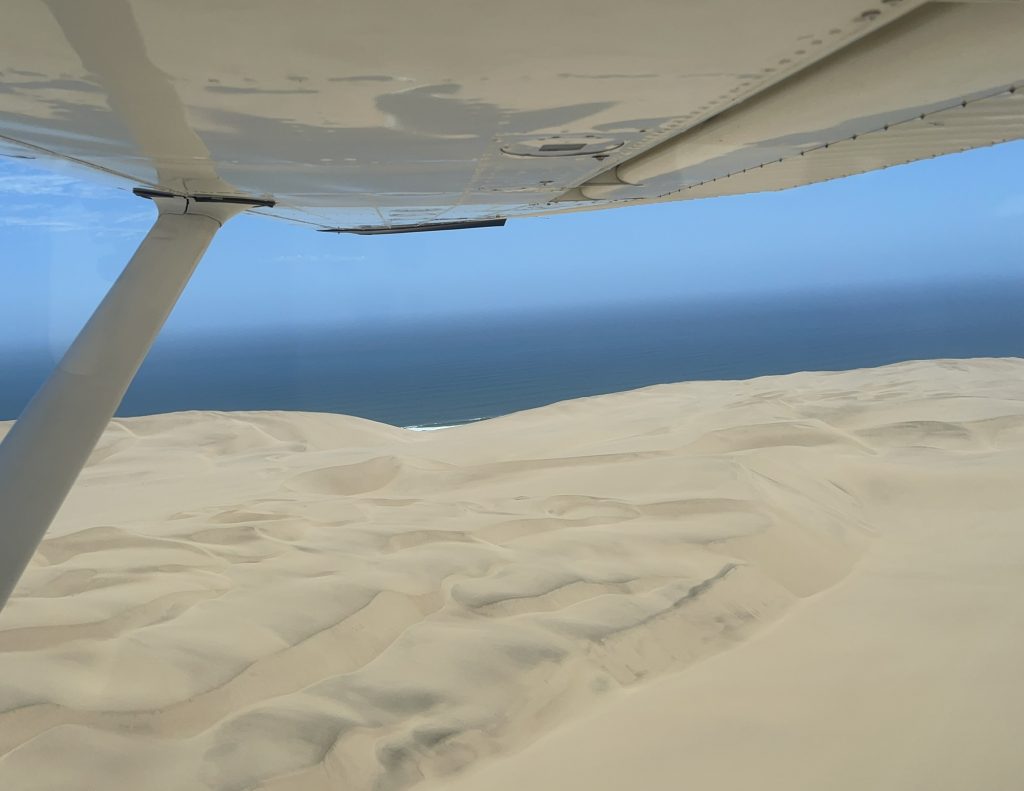
Finally, we reached Hoanib River dry bed, and we followed it inland towards Hoanib Skeleton Coast Camp, which we overflew before continuing towards the airstrip. I did a low-level pass to check the strip and winds and was relieved to see cars and people waiting for us. Half an hour later, the camp staff welcomed us with a song, cold towels, and drinks. After lunch, we retired for a siesta to wait out the worst of the heat.
I was thinking why somebody would build a camp in a place like that, and it occurred to me that the answer was the river. With a desert all around, animals are naturally confined to the river and while at that time of the year it was dry, we could still see lions, elephants, and giraffes. A sundowner at the top of a hill offered us an unspoiled 360° view around.
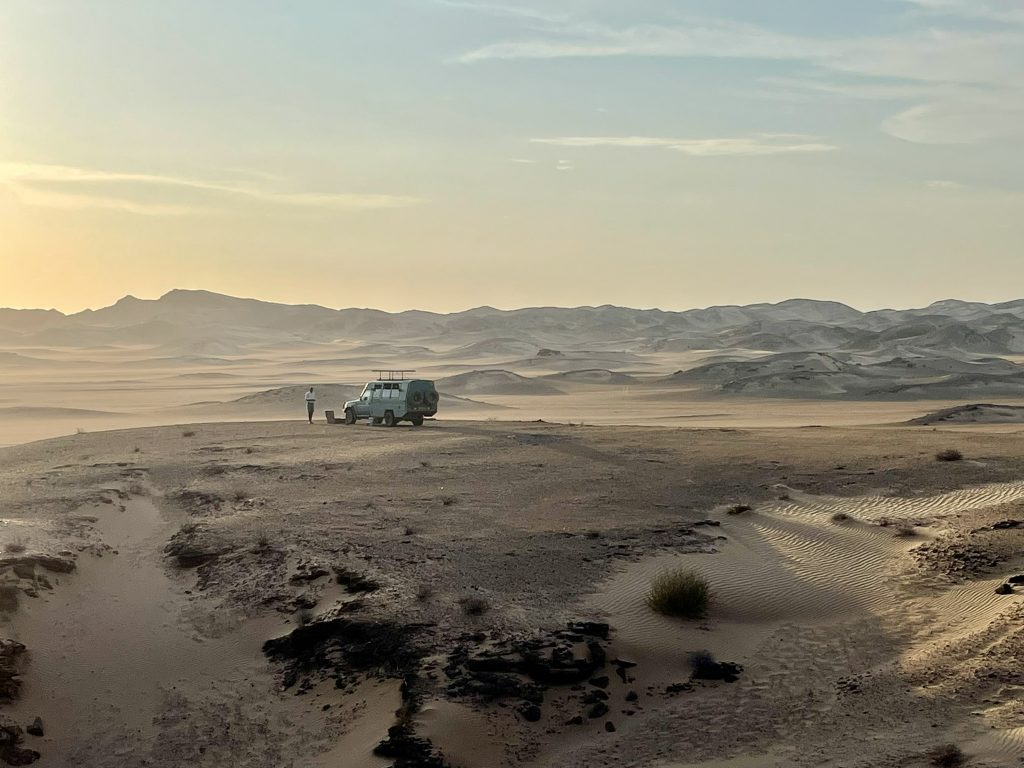
Hoanib Skeleton Coast Camp illustrates why the prices at such lodges are so high. There is more staff than guests, the place is so remote that it takes full day for a supply truck to drive dirt roads from Windhoek once a week with supplies, before continuing for another two days drive to Serra Cafema and everything needs to be brought in.
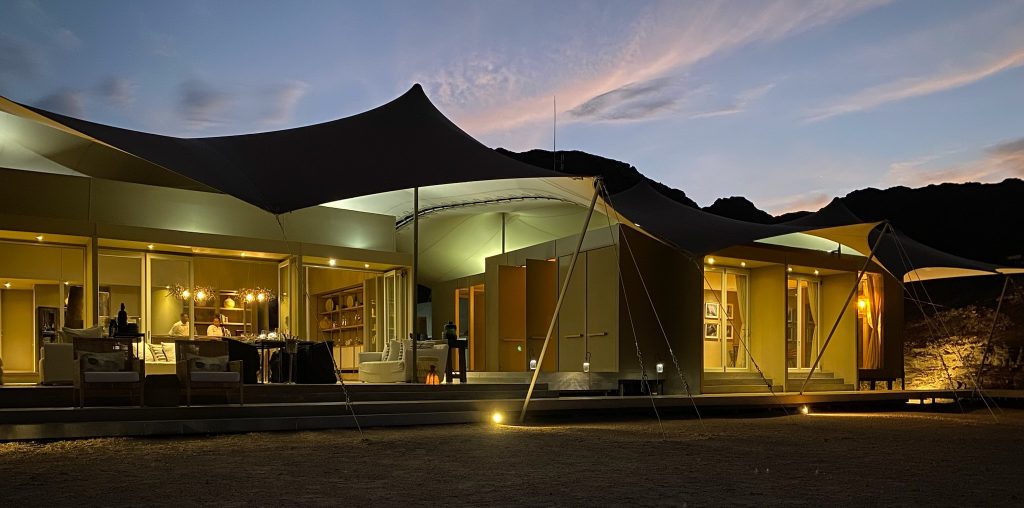
While the camp had fuel in drums, we already had a pre-arranged drum waiting for us in Twyfelfontaine, an airstrip 95 miles to southeast. We launched there two days later, flying a low pass over the camp first. Landing at FYTF we found a similar situation as in Shindi, the airstrip was there, but nothing much more. In fact, there was a road nearby and after a while a car passed, then another, which stopped to ask us if we needed anything. We explained that we were supposed to get fuel there and he called the guy who had fuel, who showed fifteen minutes later. He said he didn’t know anything about pre-arranged fuel, but luckily, he did have a drum of avgas and he would bring it. I have no doubts that Andrew from Bushpilots did order the fuel, but again, this is Africa. Our mistake was not to call the fuel people before departing from Hoanib, we didn’t even have the number. In Africa, you should always call the next stop to advise about arrival and inquire about fuel. Half an hour later the guy showed up again with a drum on a truck and a manual pump, but no metering device. We used dipsticks to split it more or less equally between three airplanes, each taking 66 liters from a 200-liter drum, or little more than 17 gallons.

This was enough to get us to Swakopmund 140 miles south. I was a bit embarrassed approaching FYSM, two miles out I still couldn’t make the runway. It is simply delineated by white markers but otherwise has the same color as the surrounding desert, so it wasn’t obvious to see. We quickly topped off and continued southbound to follow the coast.
Abeam the Tsauchab River dry bed we turned inland towards the Kulala Lodge airstrip. It was hot and bumpy, we were tired, so we flew there directly planning to do sightseeing overflight on our way back. A guide waited for us at the strip with cold drinks, which was a godsend given the temperature and we embarked on a fifteen minutes’ drive to the lodge.
The next morning, we departed for the main visit, in fact the main reason we came back to Sossusvlei. In 2017, after completion of our flying tour of South Africa, Zimbabwe, and Botswana, we flew commercial to Windhoek, rented a car, and drove to Sossusvlei. A local outfit was offering a scenic overflight of the area, which we did, and this is when I promised myself that we would return to the area, this time flying ourselves. That promise was fulfilled 6 years later.
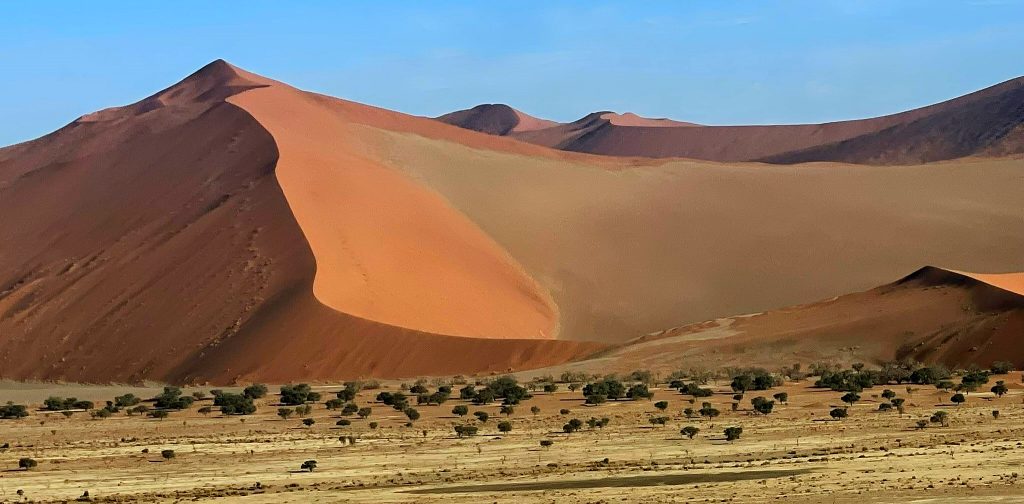
Formed 55 million years ago, the Namib Desert is the oldest desert on the planet. The dry bed of the Tsauchab River is surrounded by orange and red sand dunes, the highest of which, the Big Daddy dune, is 325 meters (1,070 feet) high, and this is what we planned to climb the next morning. There is a 66 km road from Sessreim gate to a Sossusvlei area, but the last 6 km is open only to 4 WD vehicles. We stopped closest to Big Daddy and walked about a mile to the start of the climb. As soon as we started climbing, I realized that I wouldn’t be able to go all the way up. You are climbing a sand path and for each step up, you slide half a step down. After the first half an hour, I gave up and decided to walk back to the parking lot.
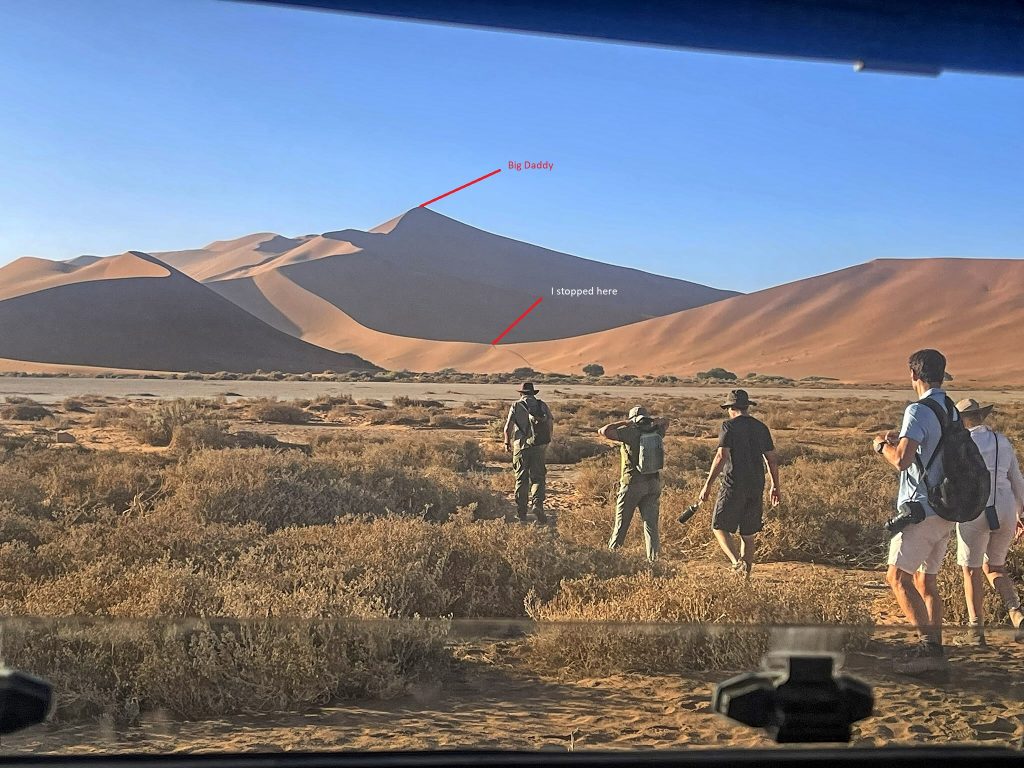
If you do decide to climb Big Daddy, you should start early in the morning, leaving the camp before sunrise, be in excellent physical shape and bring plenty of water. The three other people in our group continued the climb and got to about ¾ to the summit. You go up following the ridge of the dune, in fact I doubt it would even be possible to climb the face, but the descent consists of sliding down the face, all the way to Deadvlei, a white clay pan with dead camel thorn trees. The trees have been dead for 800 years, but the extremely dry climate prevents decomposition. I walked around the dunes to Deadvlei to snap few pictures of the very famous landscape.
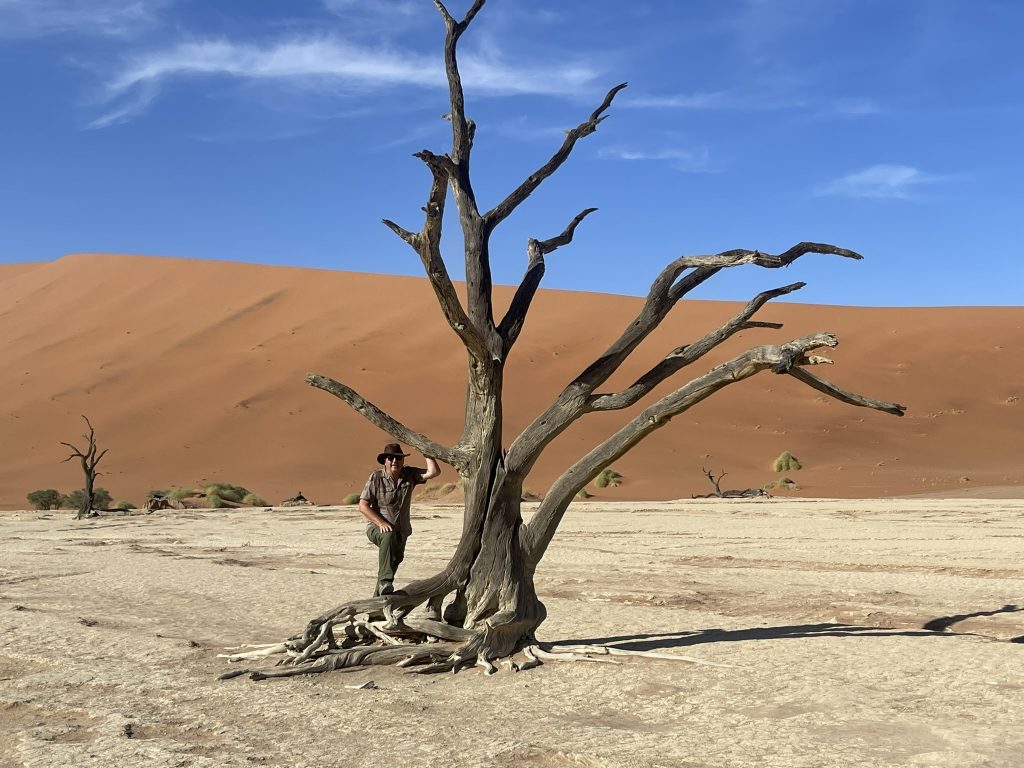
The next morning it was time to start flight back. Sossusvlei was our last 2-nights stop and it was a long 1,000 miles flight back to Wonderboom. The first leg was the most spectacular, flying low over the valley, below the dune summits, we could admire the landscape from 200’ AGL. I couldn’t climb Big Daddy, but I did overfly it, which was certainly easier. We continued towards the ocean, hoping to see the spectacular coast I remembered from the last visit. The sand drops about 100-200’ feet with a steep incline to the ocean and if you had a misfortune to wreck a ship in the area, you could swim to the tiny beach at low tide, but you could never climb up the incline. Unfortunately, that day, the coast was covered with low level clouds and we couldn’t see it. We continued southbound towards Luderitz asking ourselves a question how the weather was there. Flying an approach wasn’t really an option given airplane instrumentation and the closest alternates were too far given our fuel. Dropping through the clouds over the ocean would be putting excessive faith in the QNH (altimeter) setting. We ended with a much less stressful option, simply calling Windhoek Information, and asking about the weather in Luderitz, which was severe clear. Even at low altitude, radio coverage over Namibia is very good.
We topped it off in Luderitz, but we had a little trouble calling to file a flight plan, which was mandatory given we were crossing back to South Africa. Very nice people in the operation office escorted me to the tower, where I could meet the controller and file our flight plans. The long flight to Upington was uneventful and uninteresting. After landing, we quickly topped off, completed immigration and customs formalities without having to remove bags from the airplane and flew another 50 miles to Dundi lodge for an overnight. The lodge is next to Augrabies Falls, so we drove there to have a look. It was OK, but nothing that would demand a detour. The last segment of the trip included a stop in Kuruman to refuel and a repeat of past scenarios. A deserted airport and no cell phone service. Luckily, a car showed up curious what that noise was about and he called the person responsible for fuel, who showed up half an hour later. Credit card machine was out of service, and we paid cash in USD. The other two Cessnas climbed to 9,500 on the 280 miles last leg back to Wonderboom, but ours steadily refused to pass 7,500. Finally, after few updrafts we got there also and enjoyed smooth 130 knots sailing back.
Landing at FAWB was uneventful and we completed our 3,000 miles, 32 hours flight time tour around Botswana and Namibia. It felt as if we left Wonderboom just yesterday, the time passes very quickly with so many things to do. It was a wonderful trip, a wonderful group of people and we didn’t have any unpleasant surprises.
Few lessons learned if you are thinking about doing a trip like that.
- Cessna 182 is an ideal aircraft for flying in Africa. If you are used to a Cirrus with all automation, autopilot, and speed you will need to reset your expectations.
- On the flip side, our trip was about 1/3 of the price of a Cirrus trip organized by Flight Academy, which was shorter (4 stops vs 7), and we stayed in top notch luxury lodges.
- Navigation is mainly direct-to on GPS, with panel mounted portable GPS receivers and iPad with Skydemon.
- Always call ahead to the next stop to advise about ETA and ask about fuel at each refueling stop.
- You should know how to file a paper flight plan, including everything in the Remarks section for border crossing.
- Outside Johannesburg, radio is simple. At Wonderboom, you need a detailed briefing to know what to expect.
- Botswana doesn’t require permits, but Namibia does and you need to arrange that ahead of time.
- Cell phone reception may be variable, a satellite phone would be convenient.
- Travelling in a group, even if small, is much more fun. It is lonely up there in the middle of the sky hundreds of miles from any civilization.
- It is hot in November. Lodges are slightly less expensive, but the temperature is much higher than in winter.
This was our third trip. I would love to come back, but we have still so many other places to fly in the world. If I burned Jet-A, I would plan an Africa circumnavigation, but it is a bit complicated with avgas.
Enjoy this compilation video from Namibia
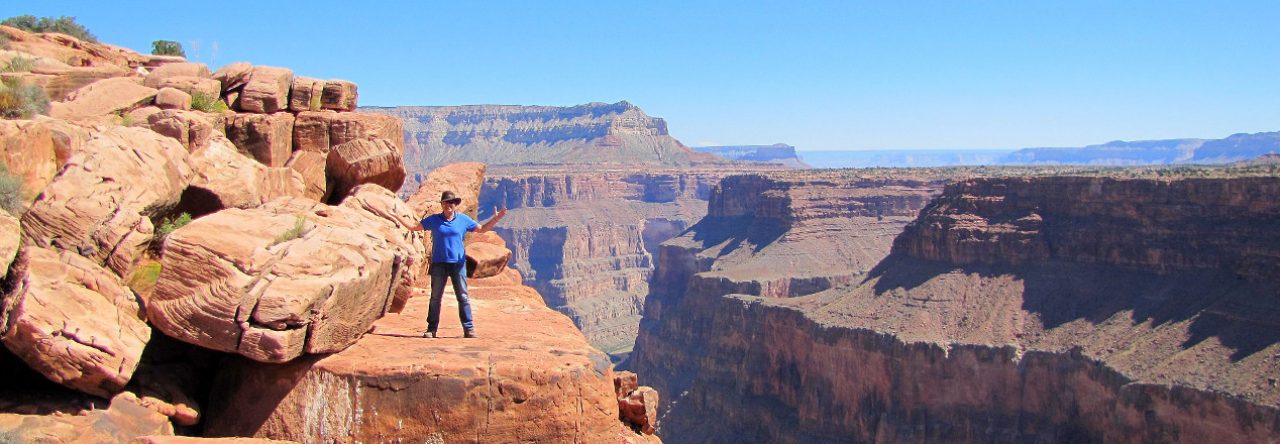
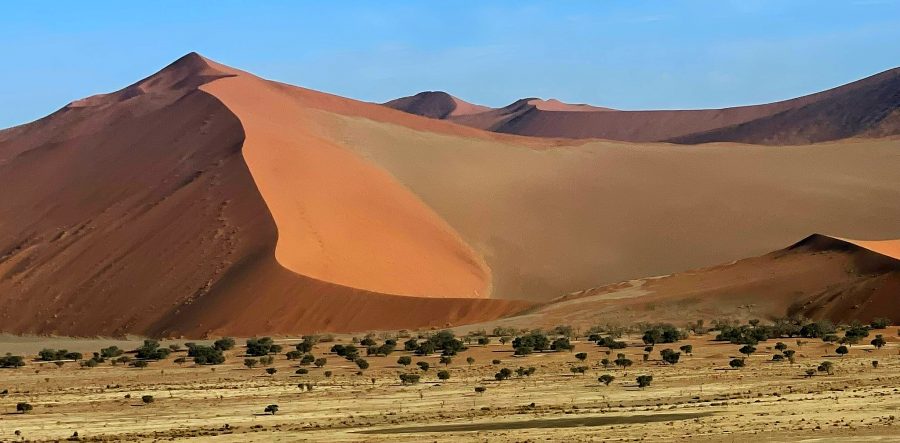

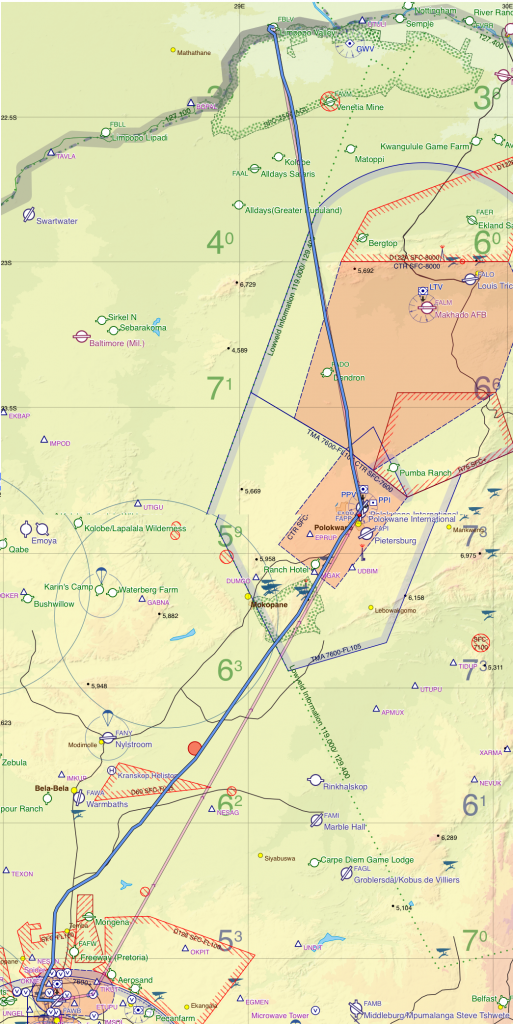

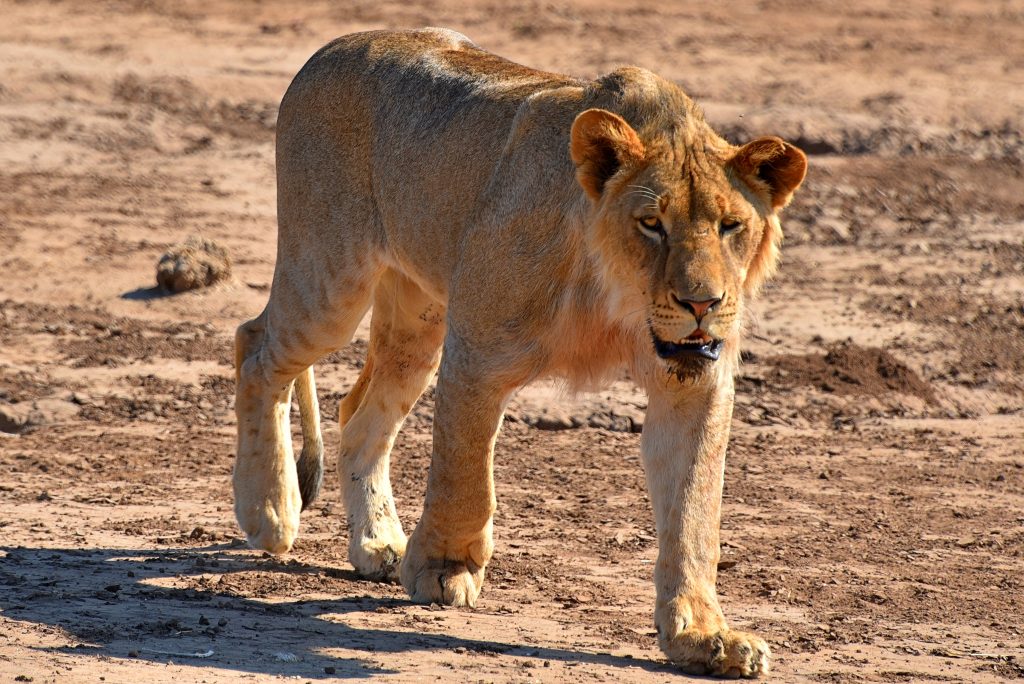
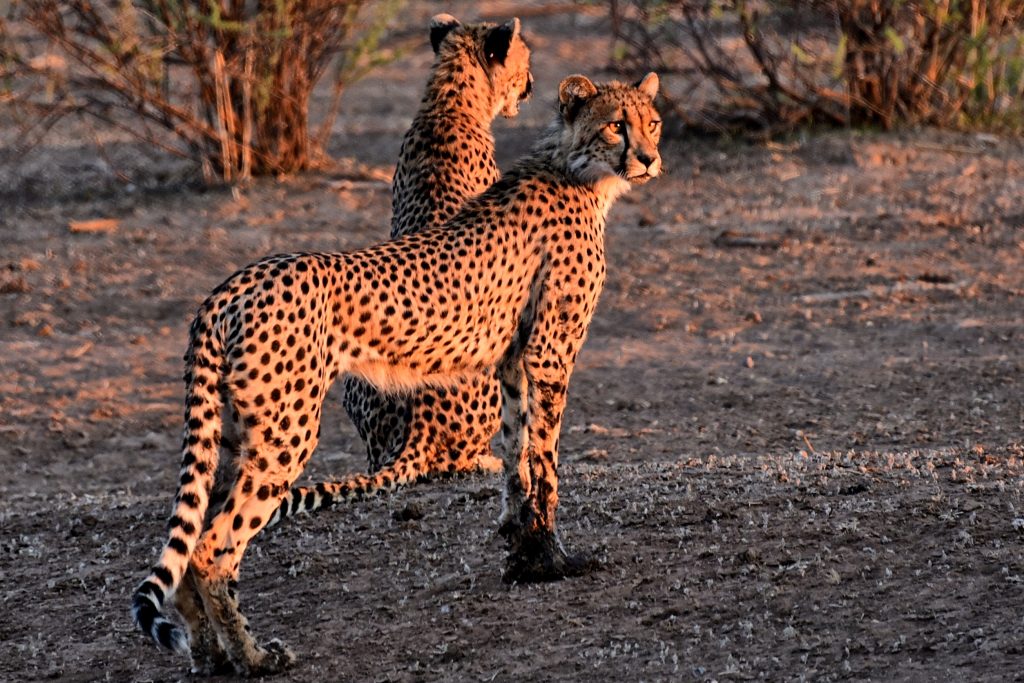
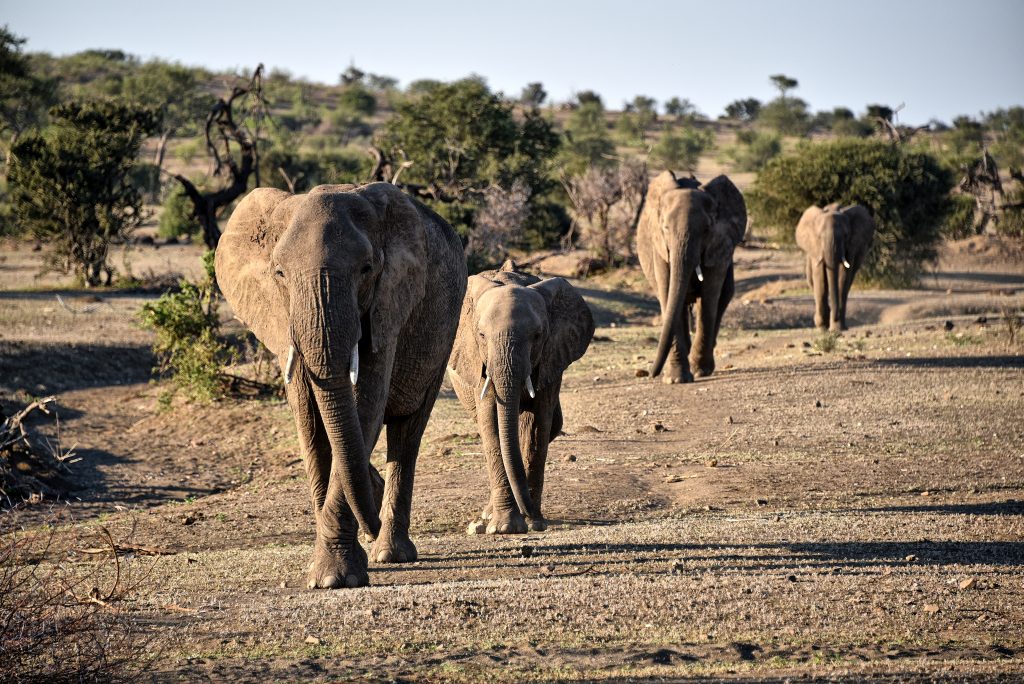
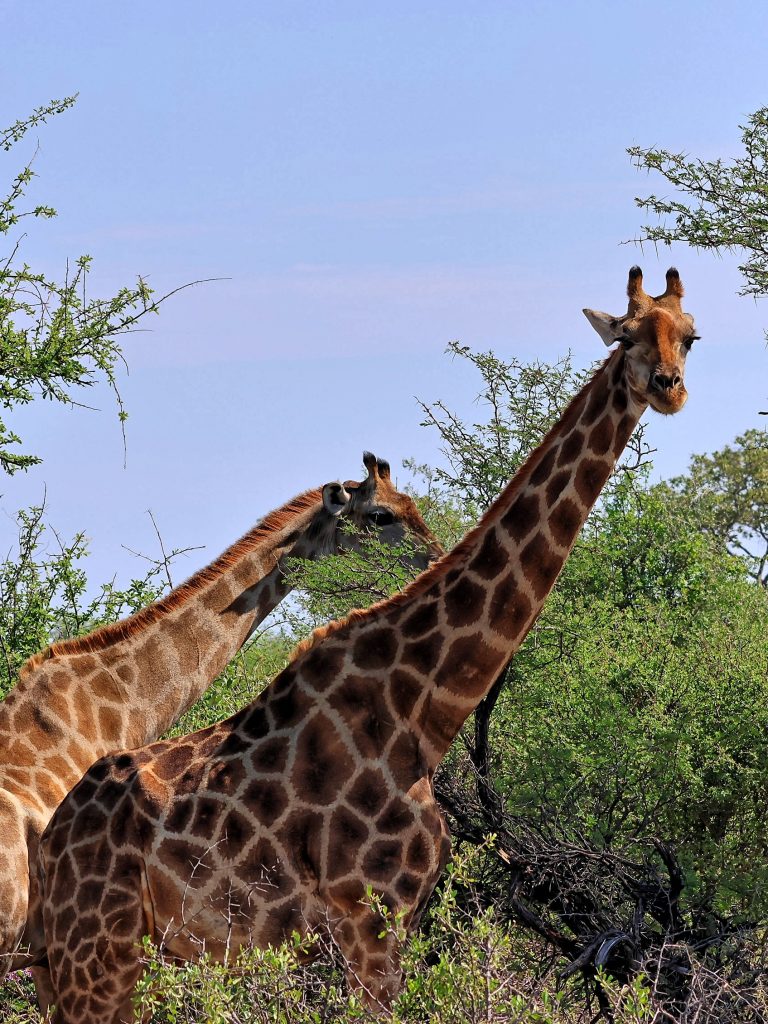
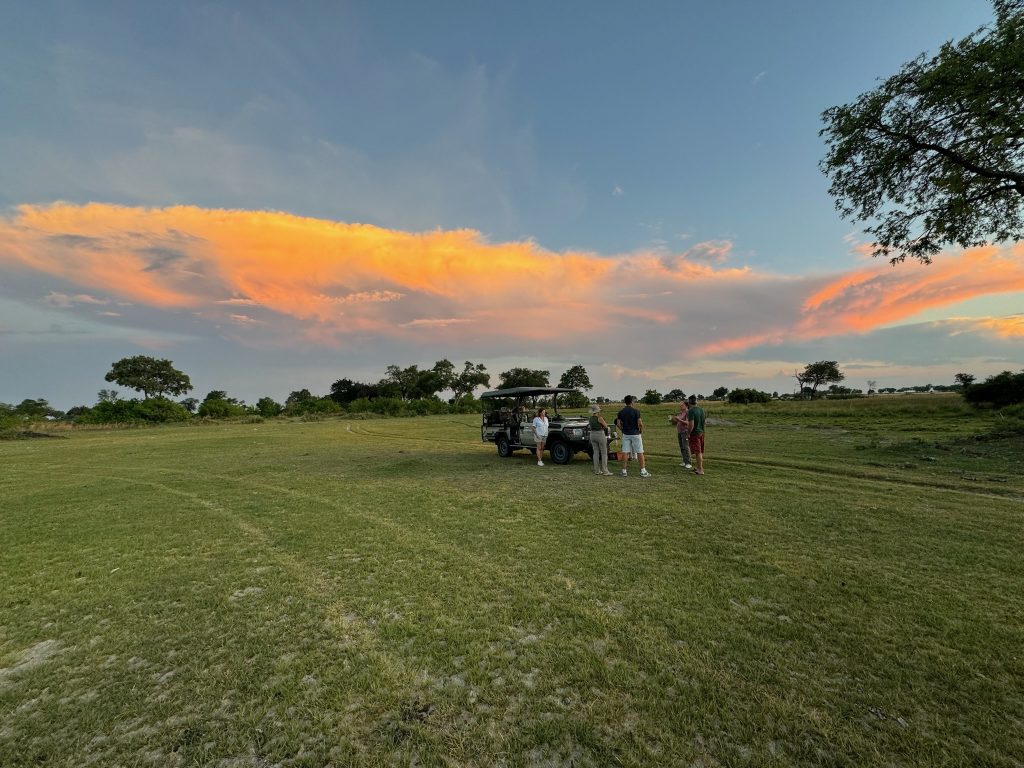
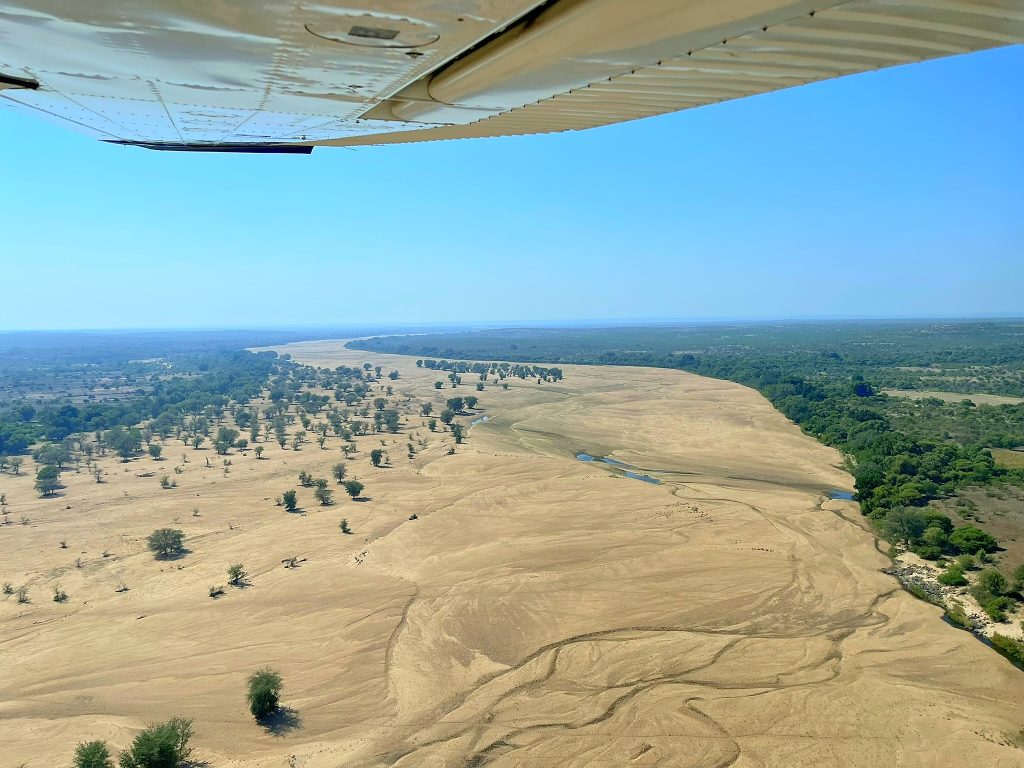
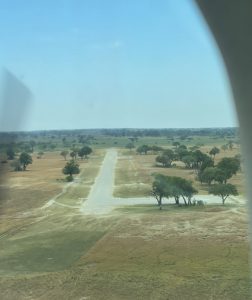
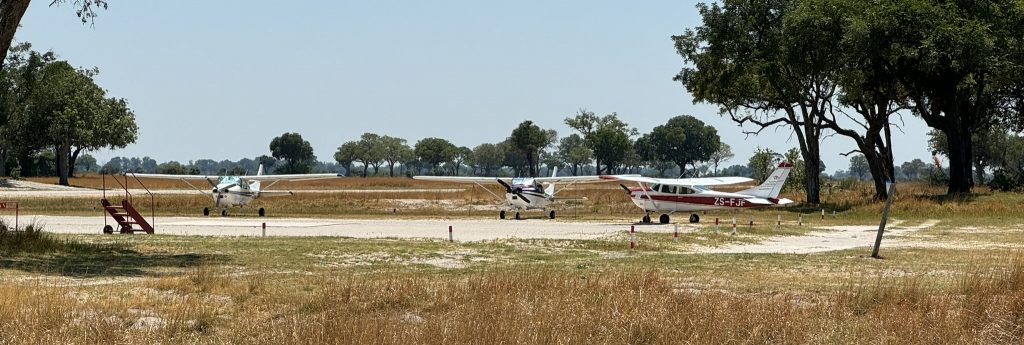
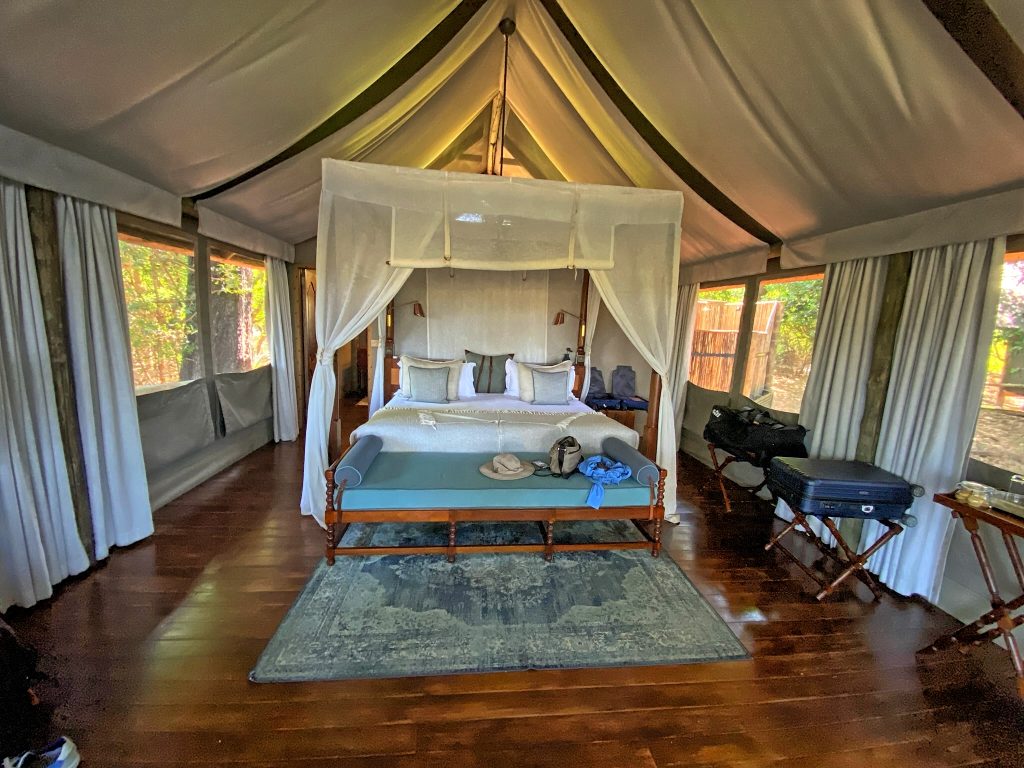
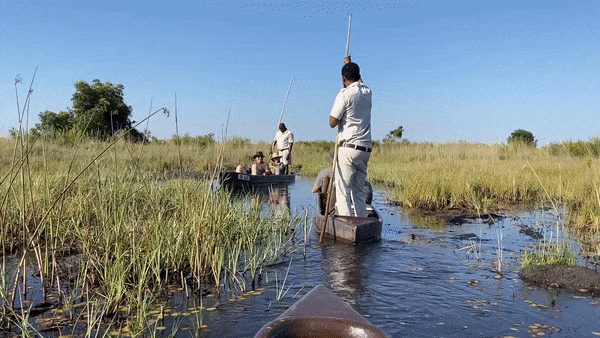
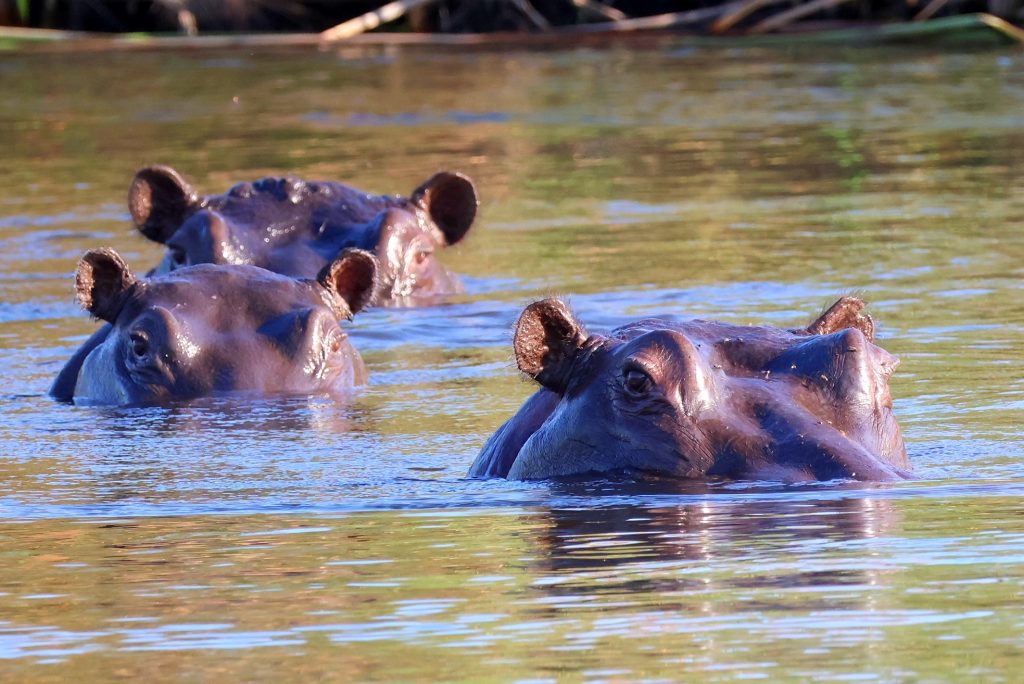
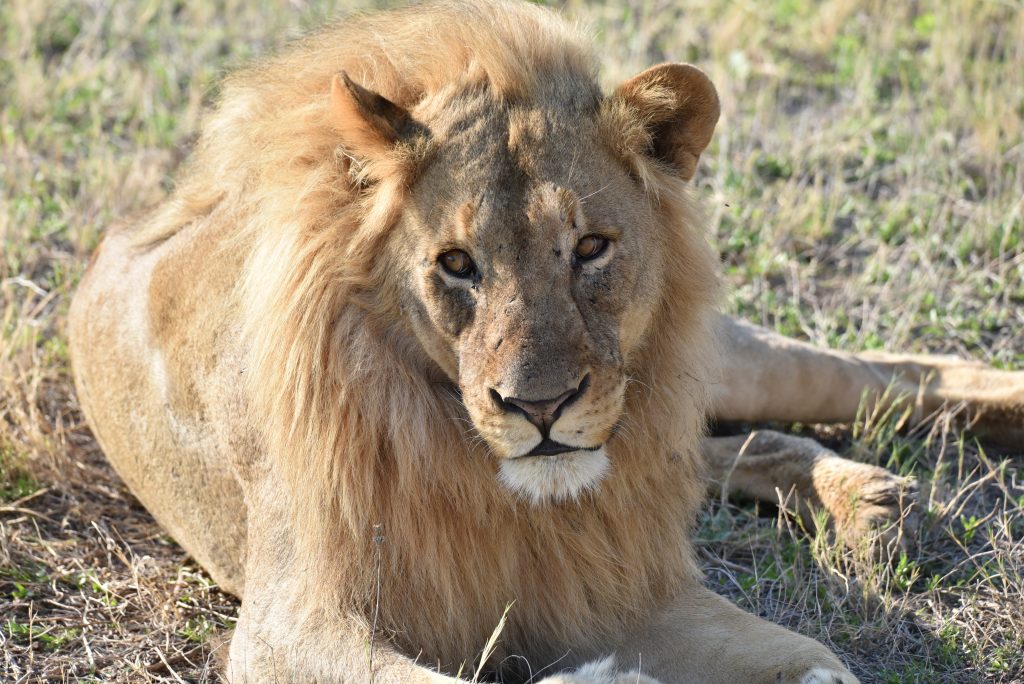
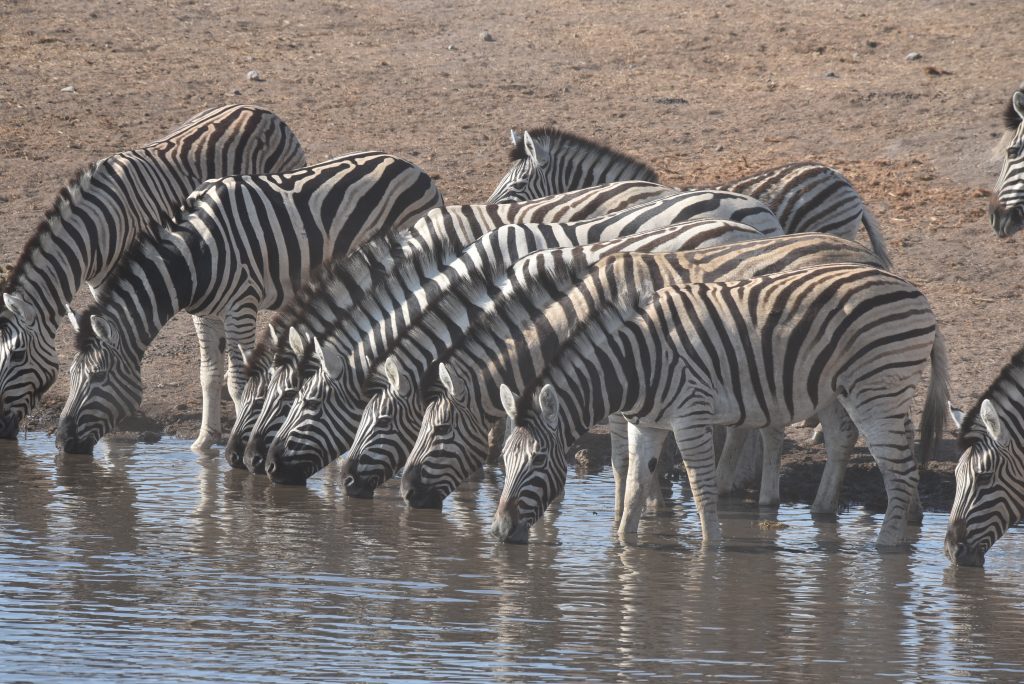
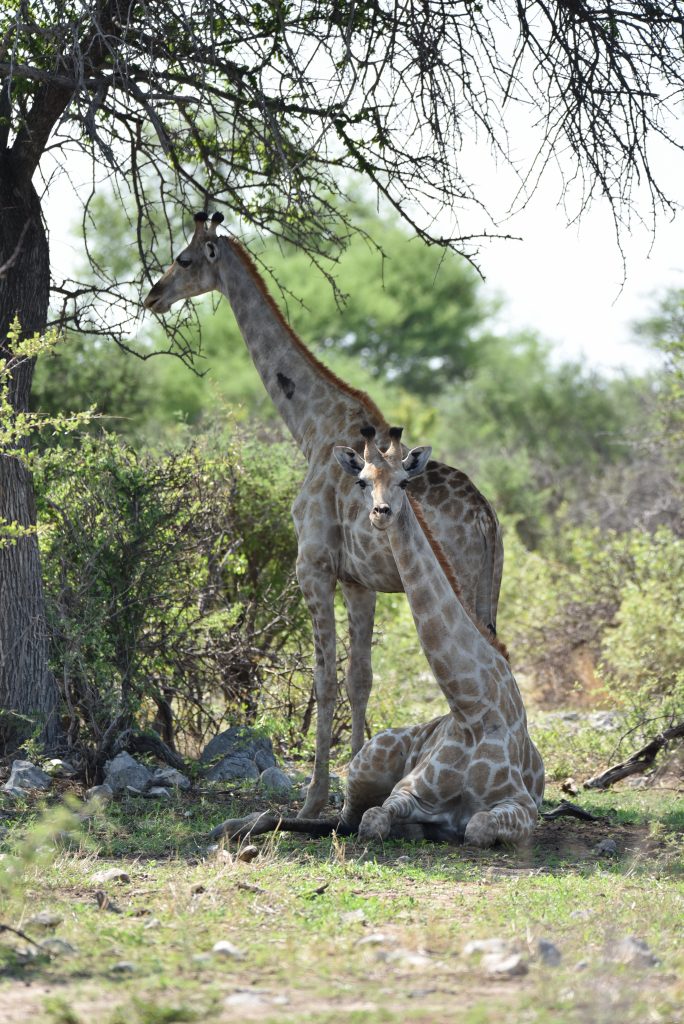
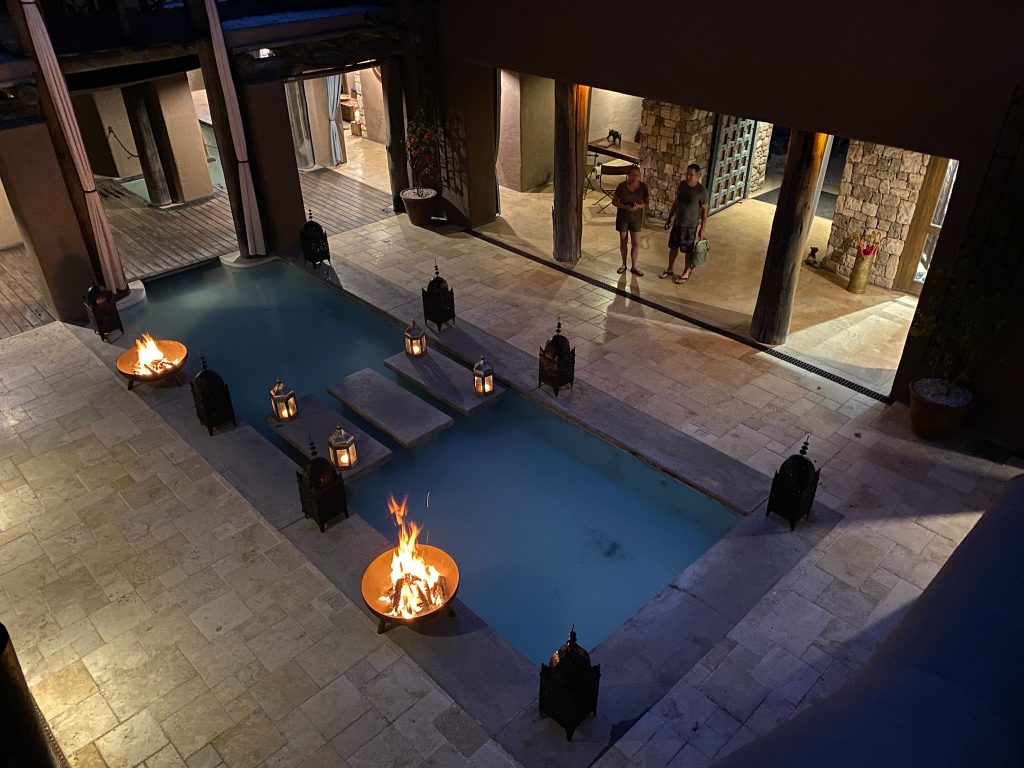
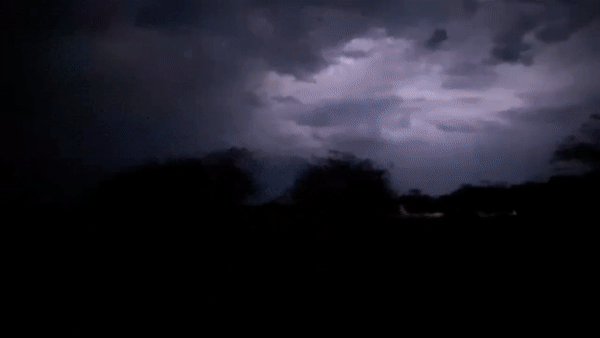
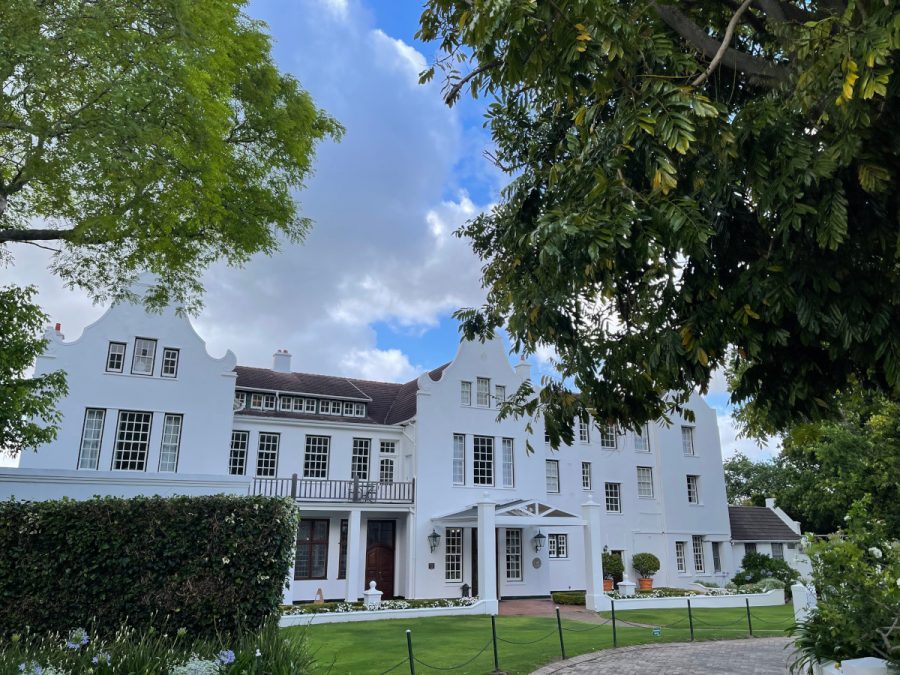
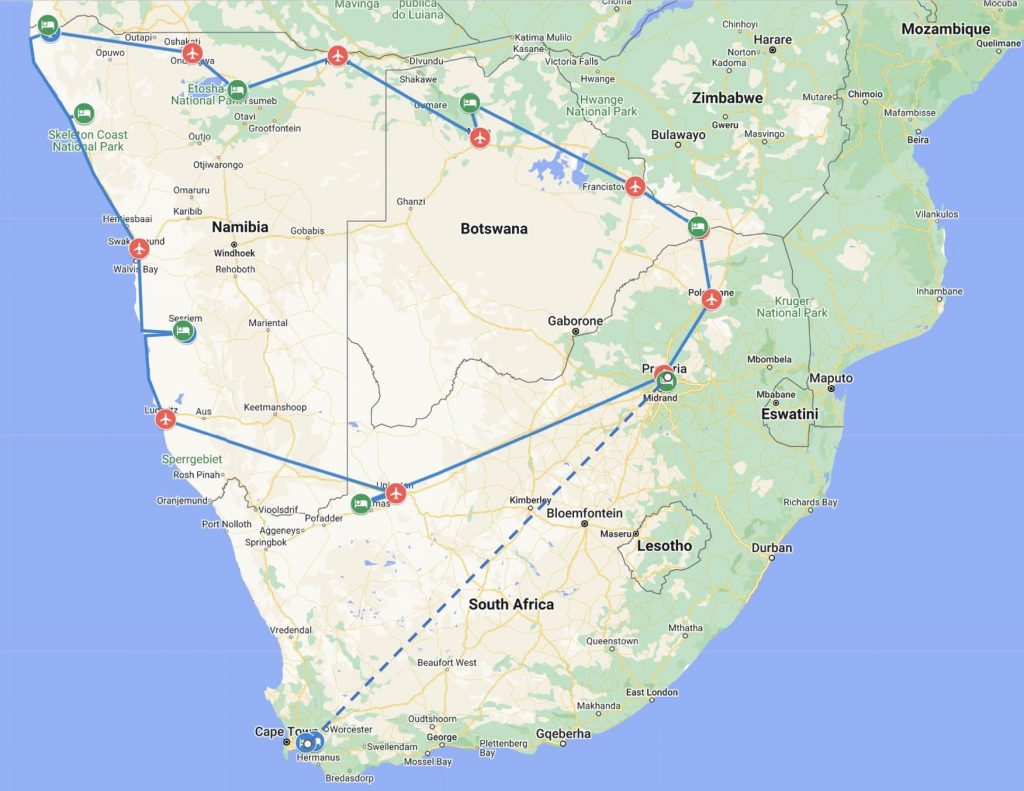
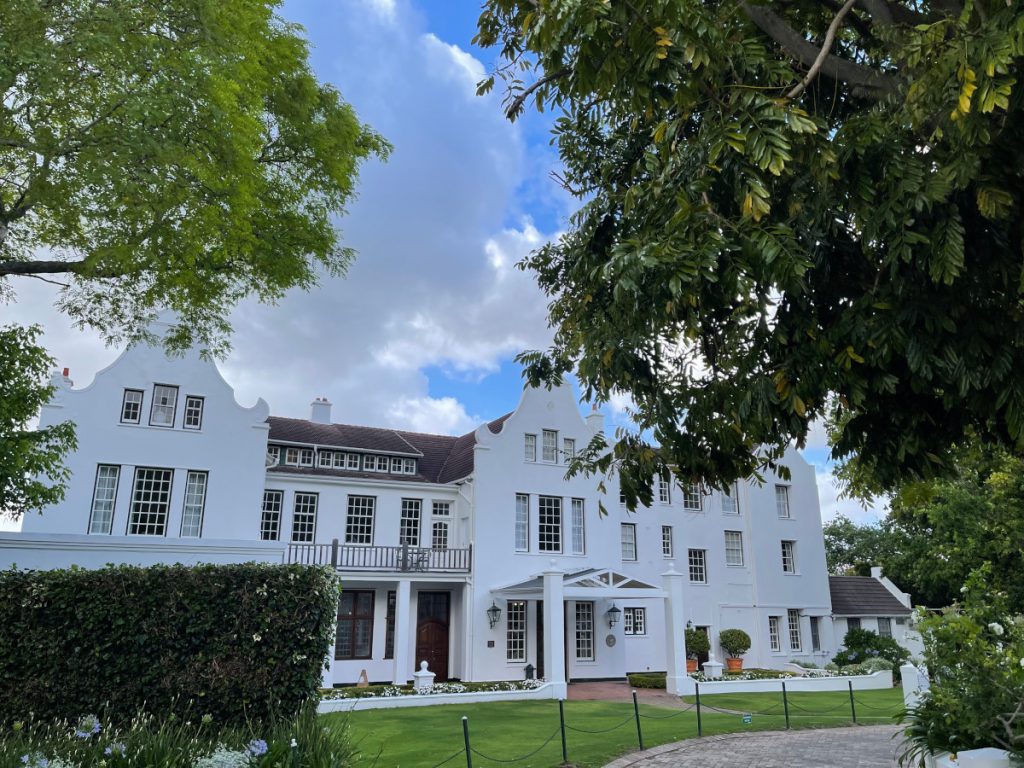
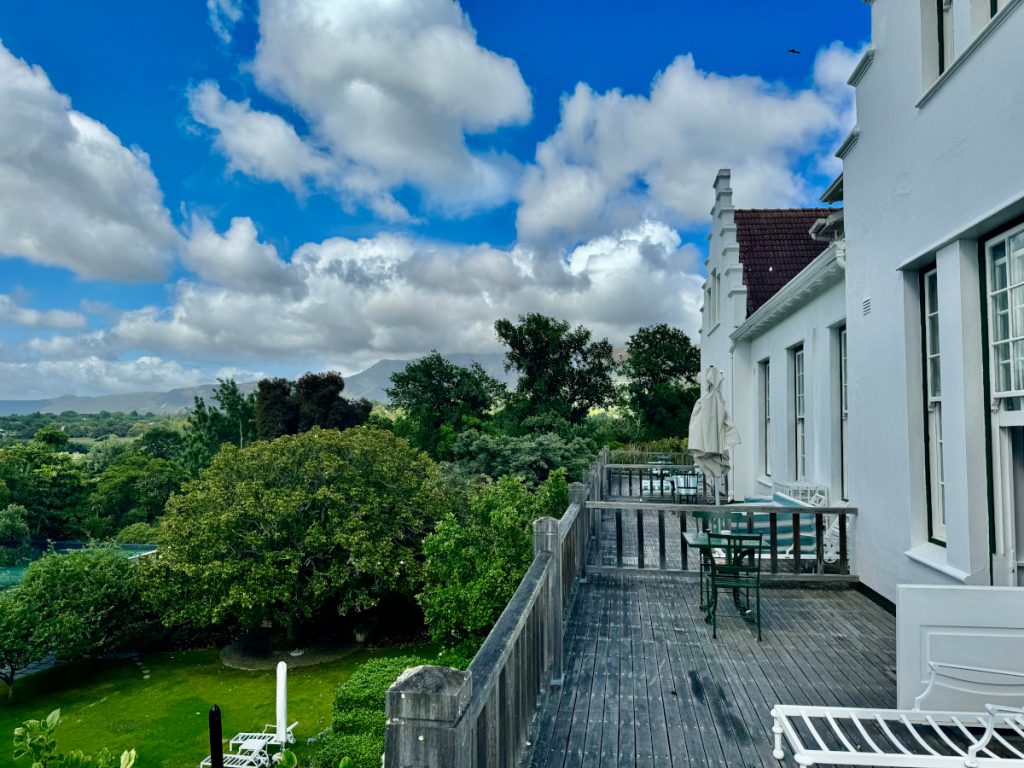

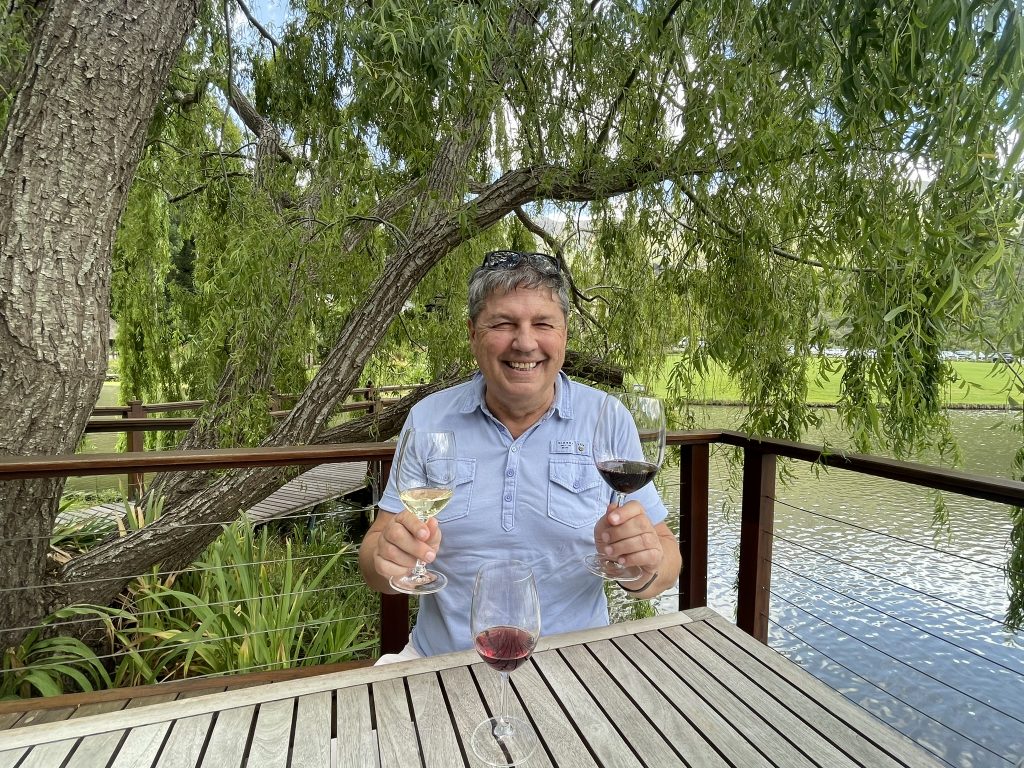

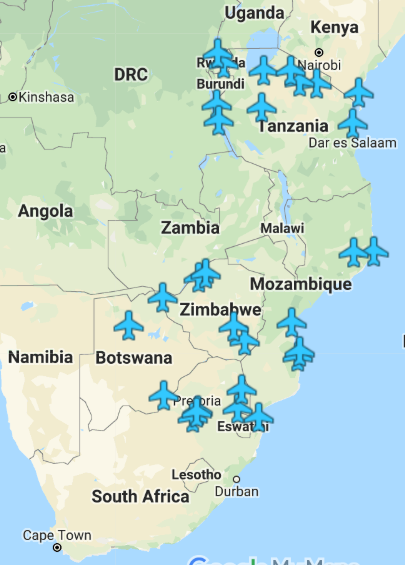

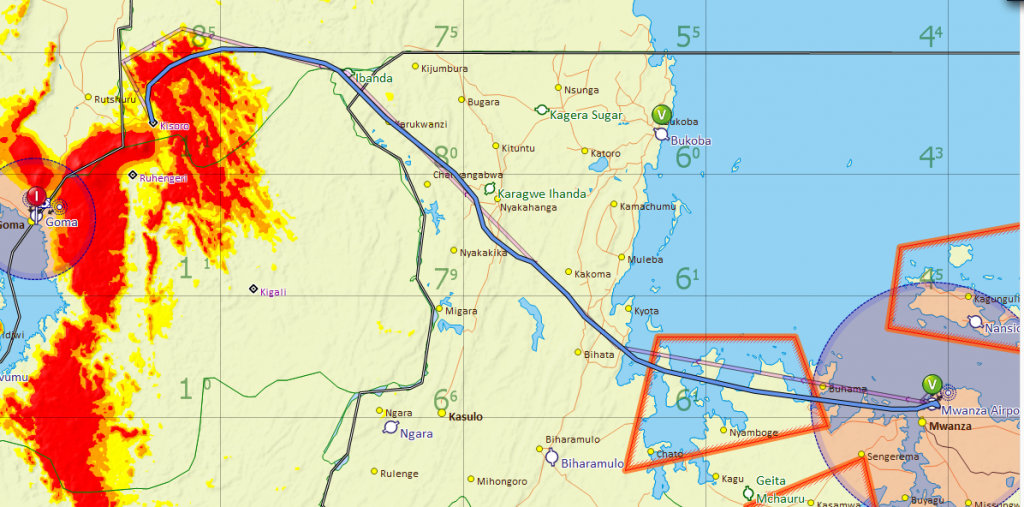
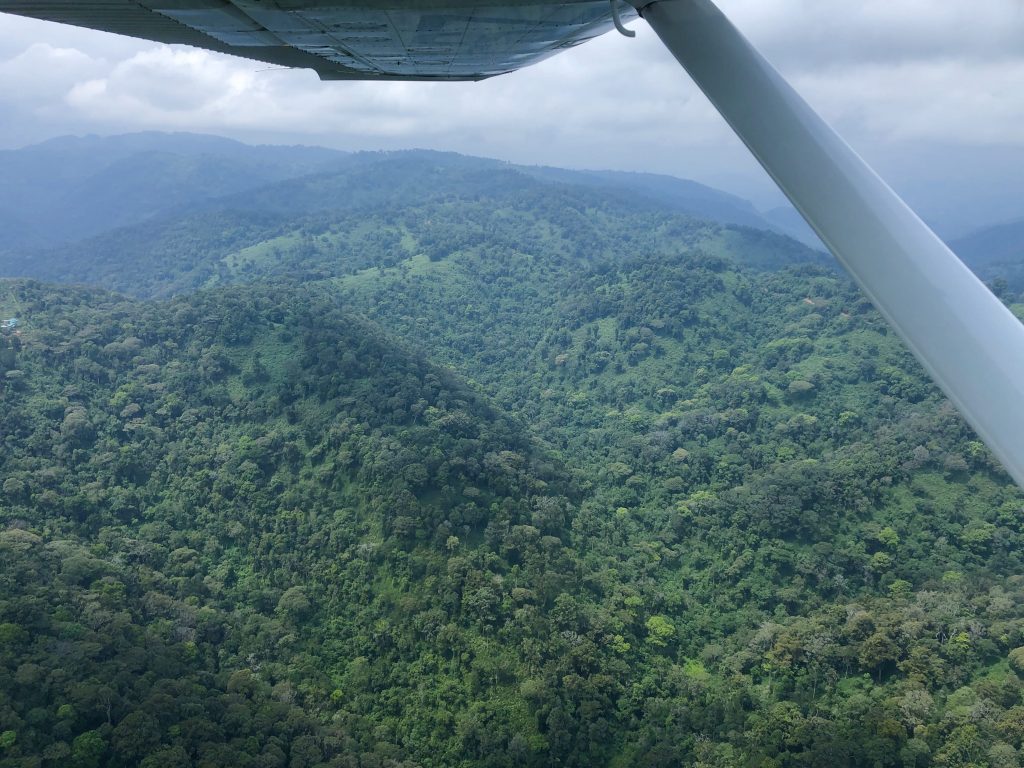
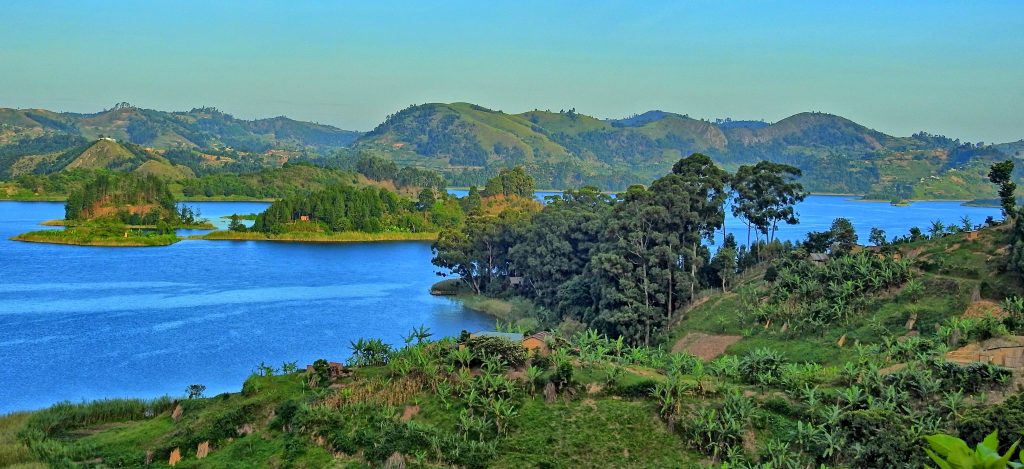
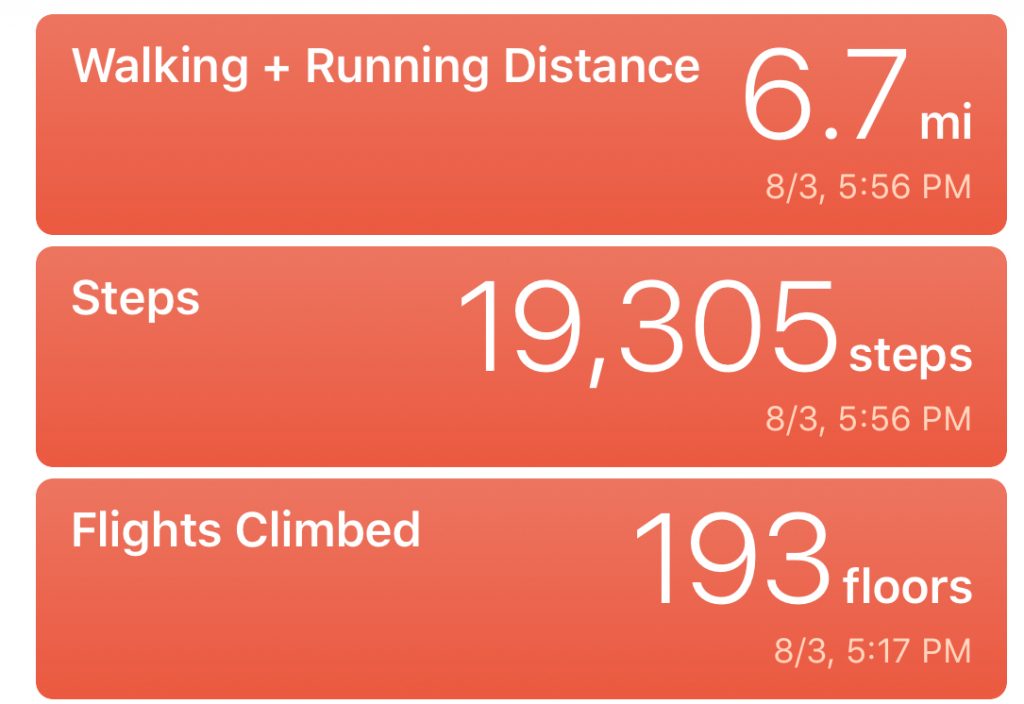
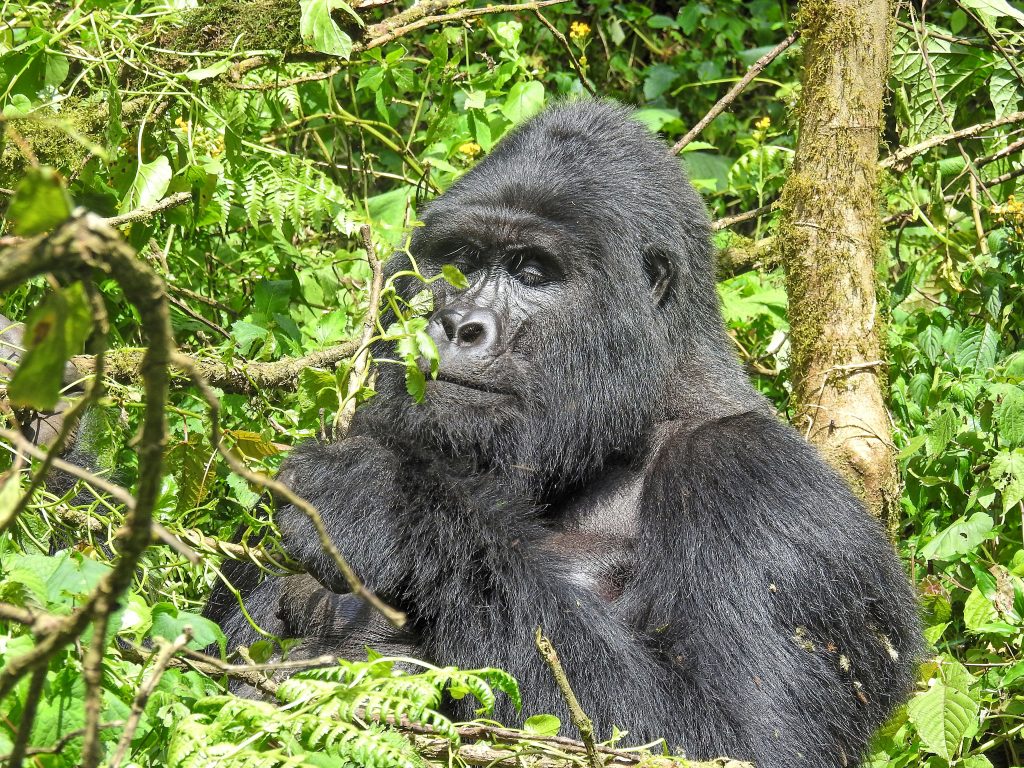
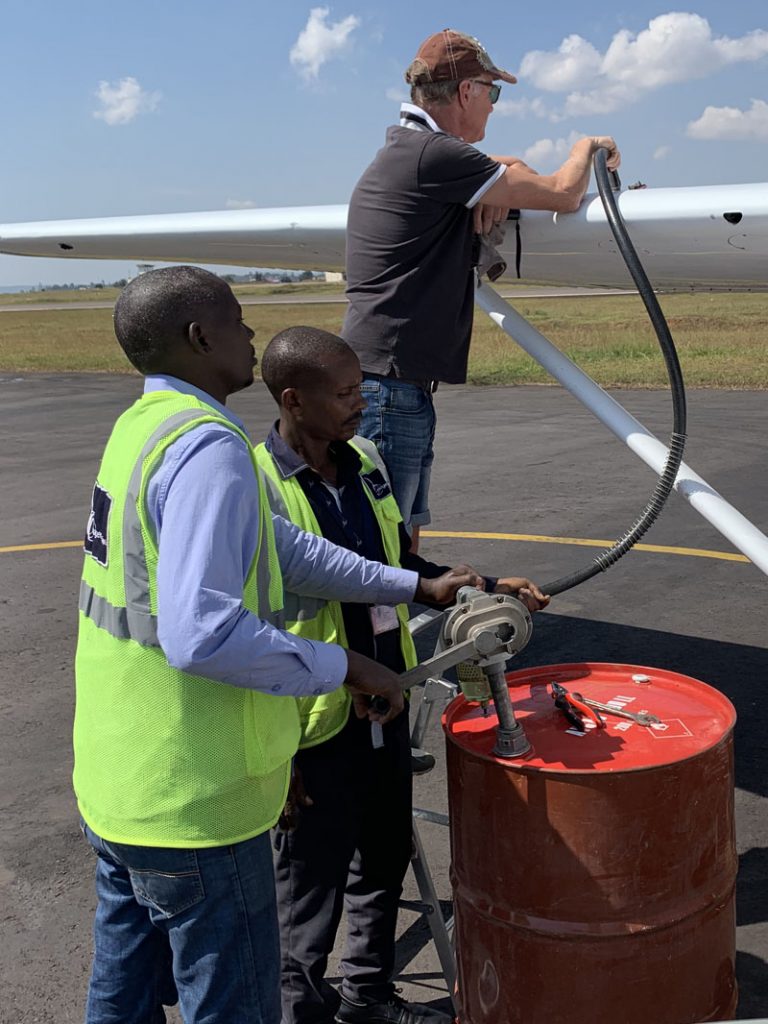
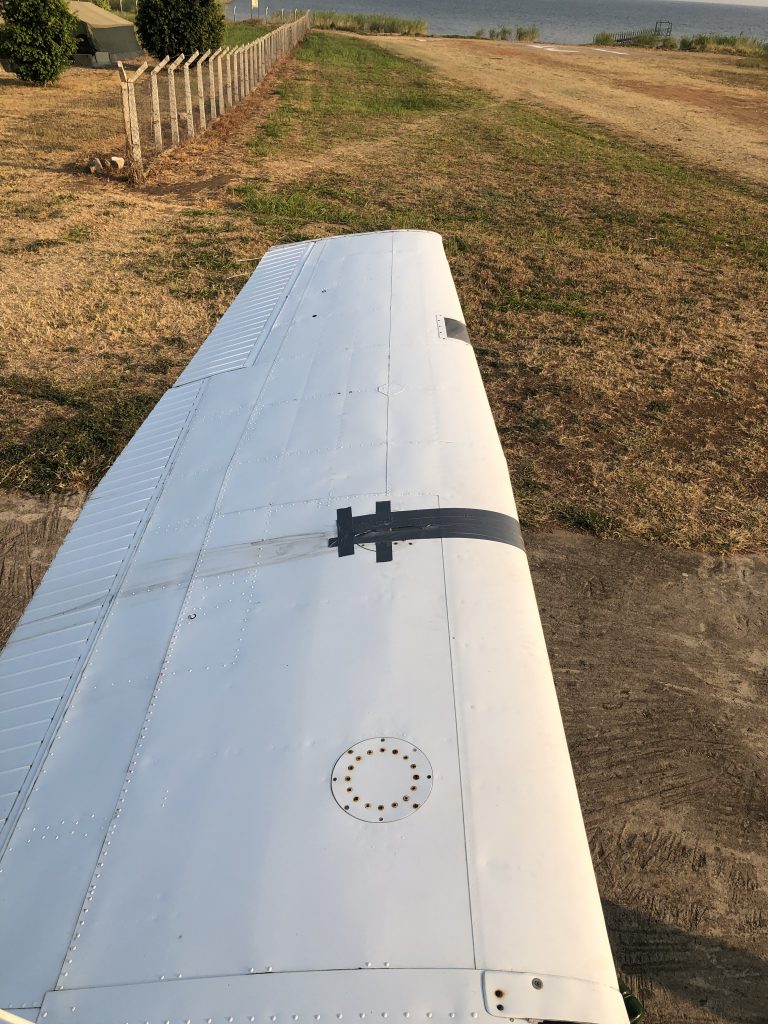



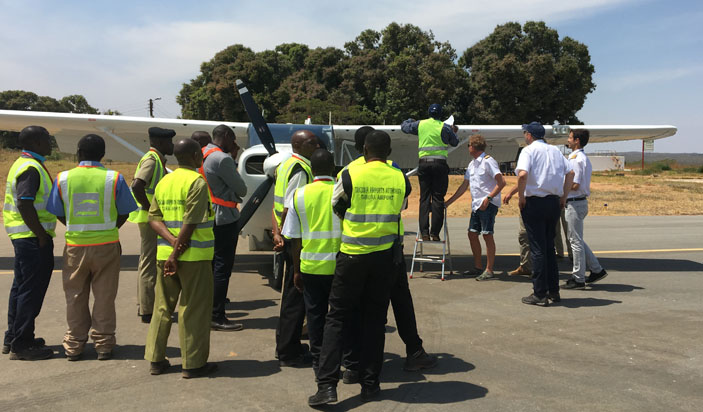
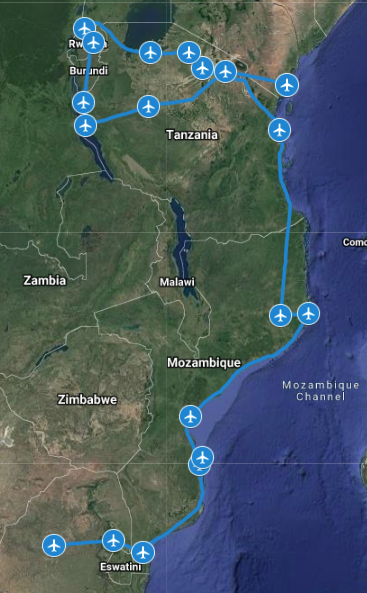
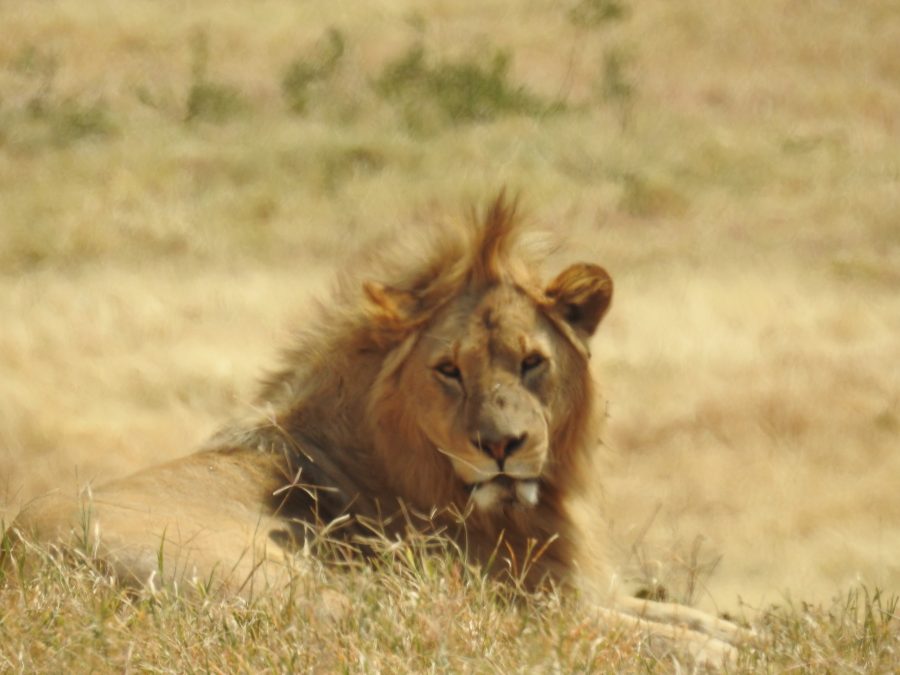
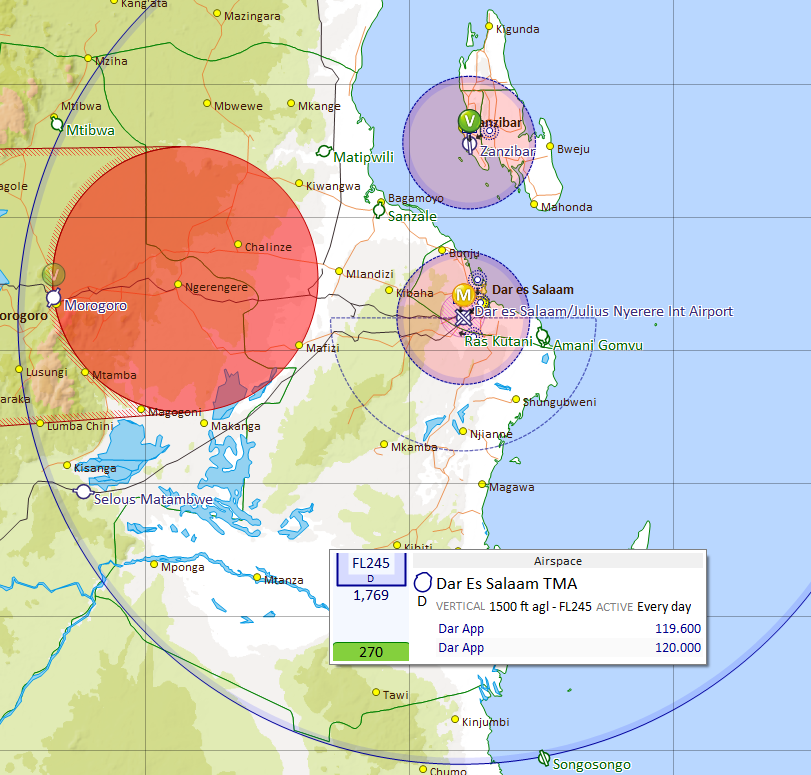
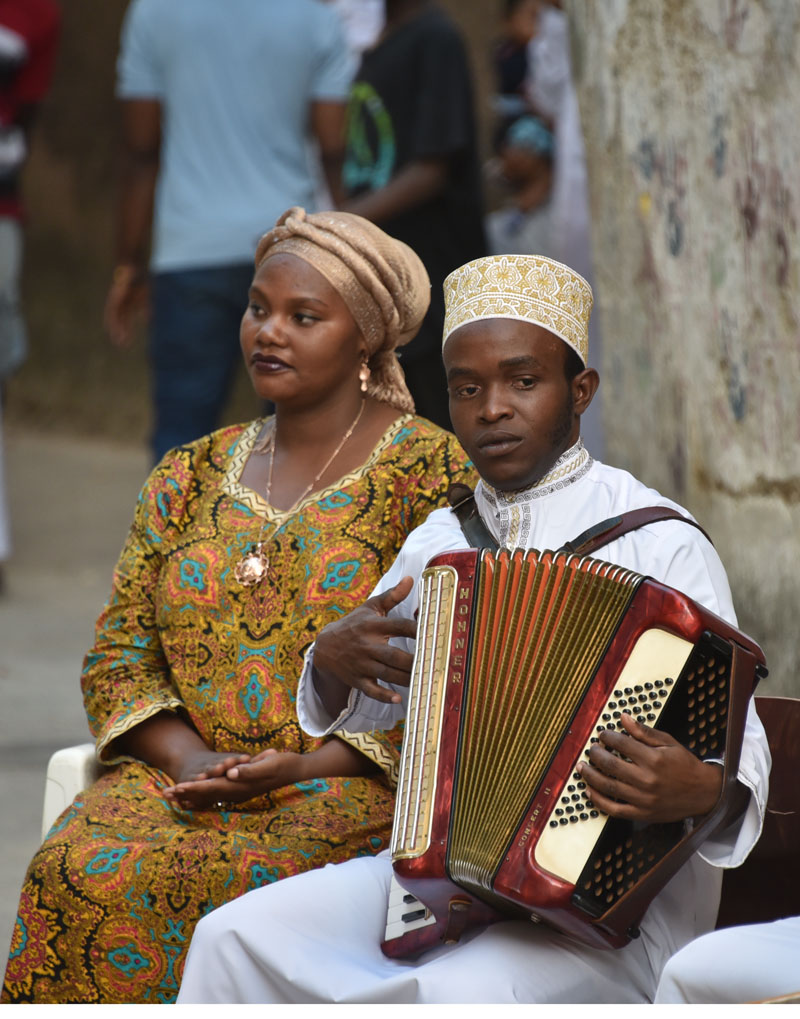
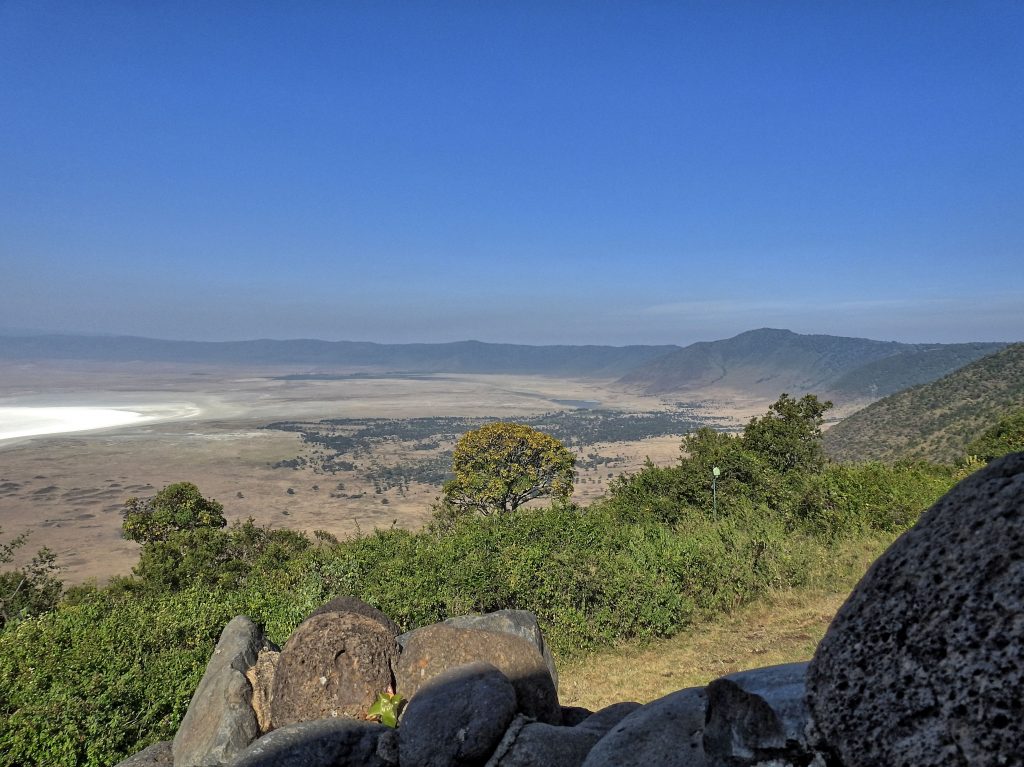
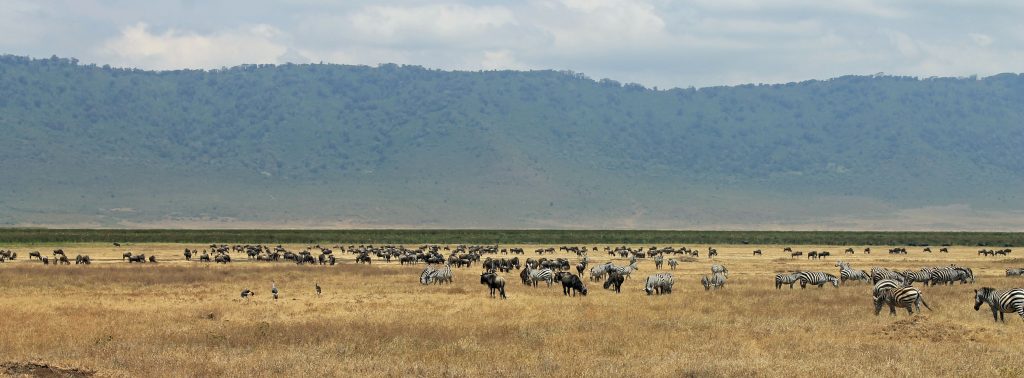
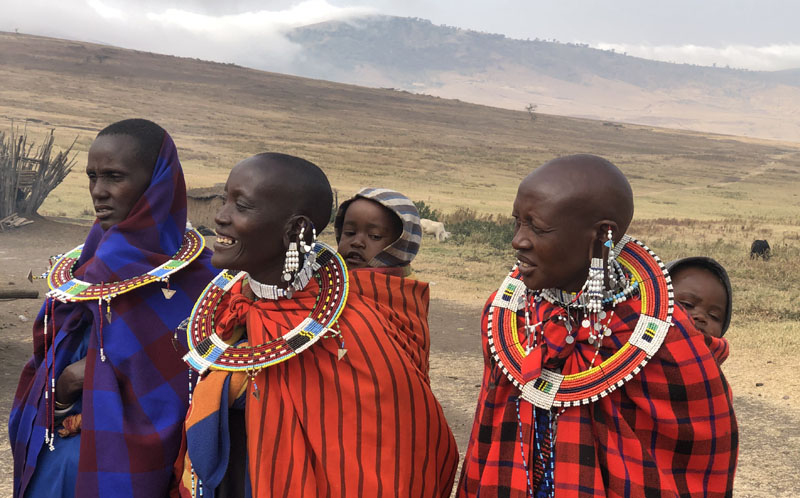
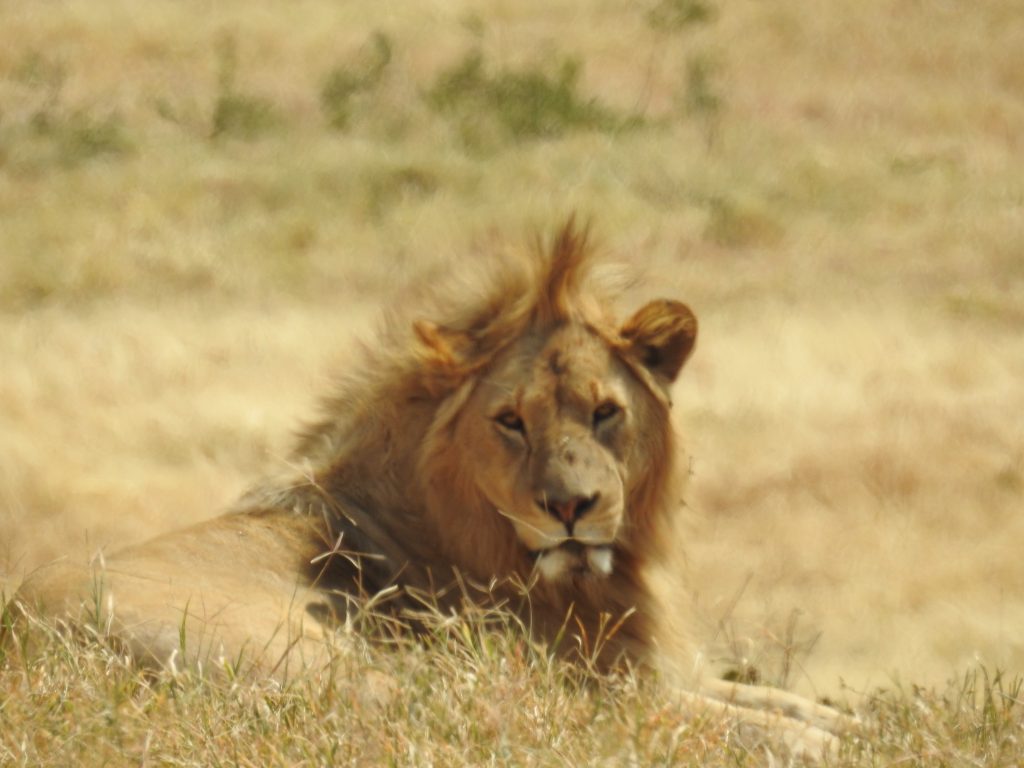
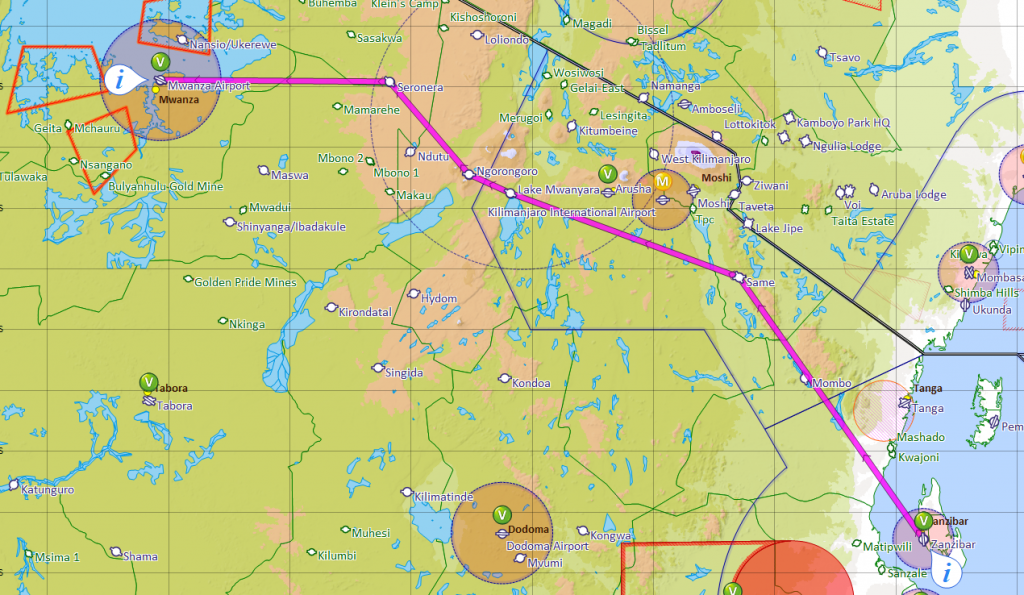


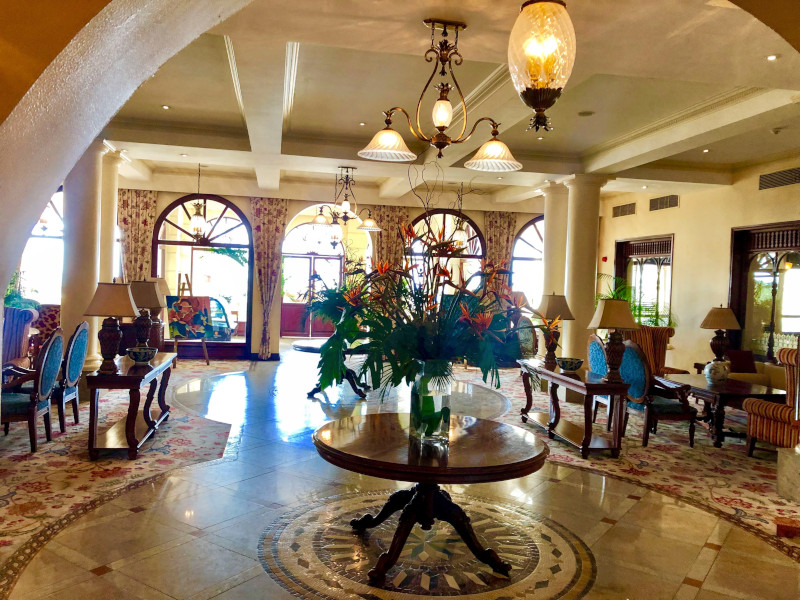


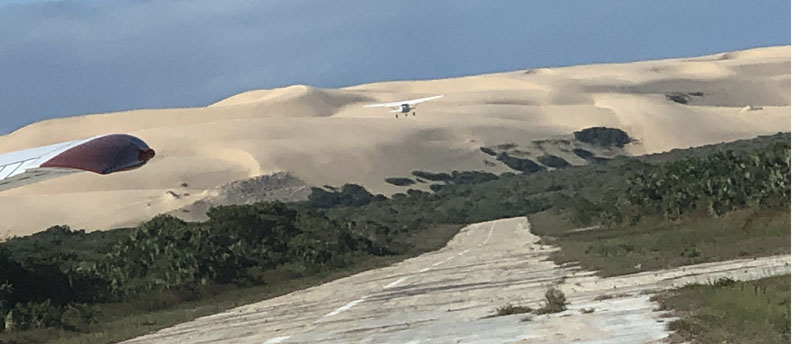
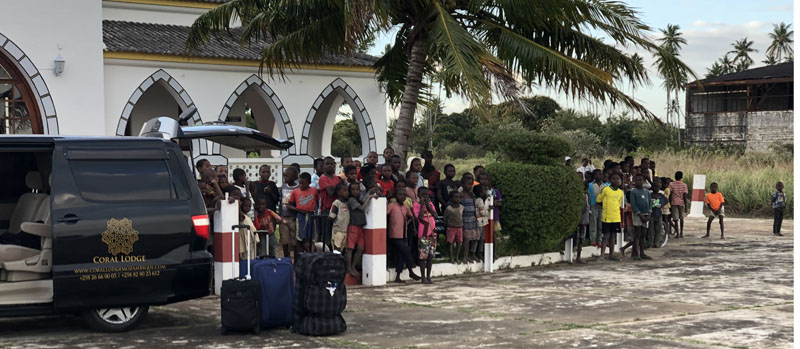
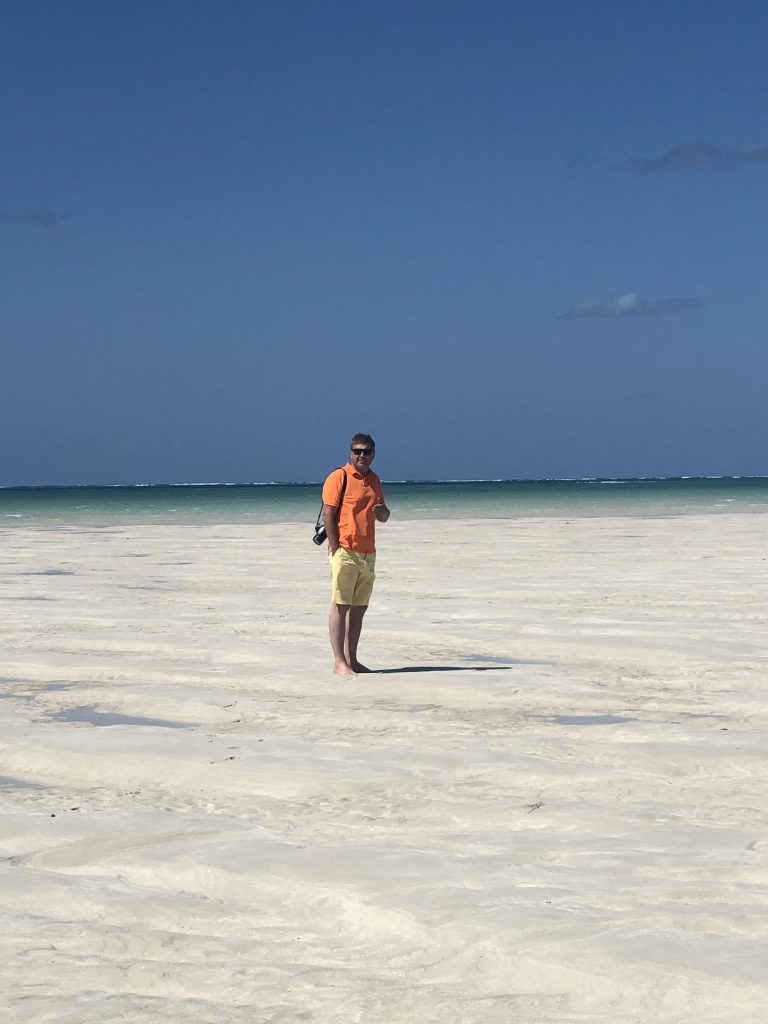

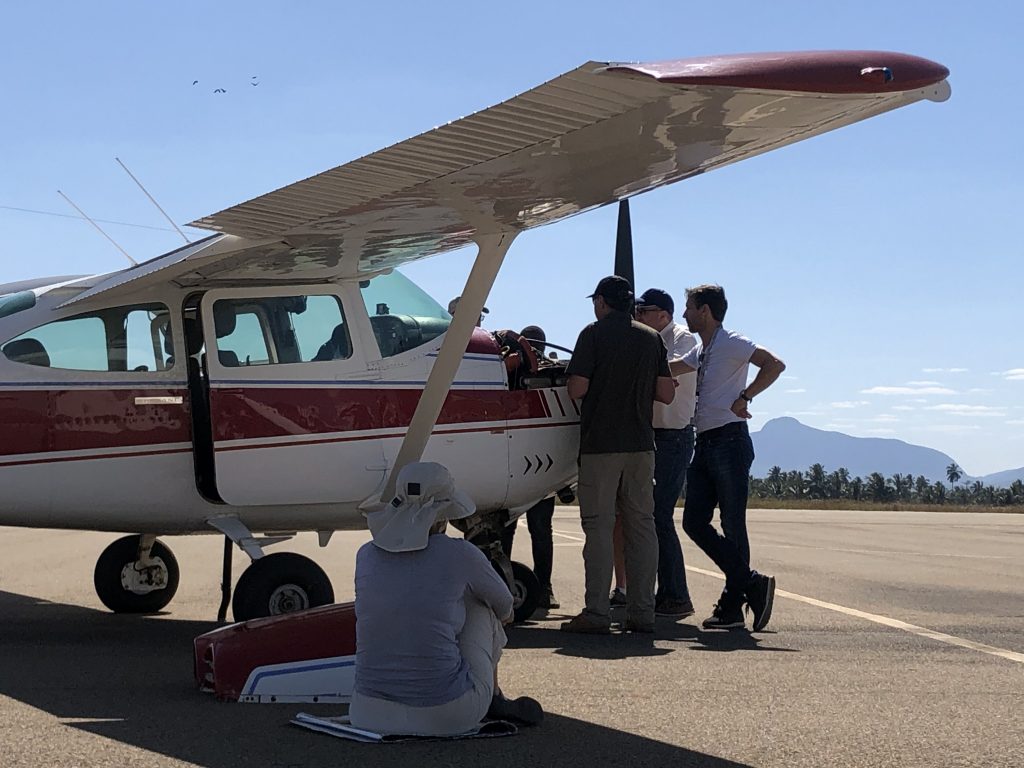
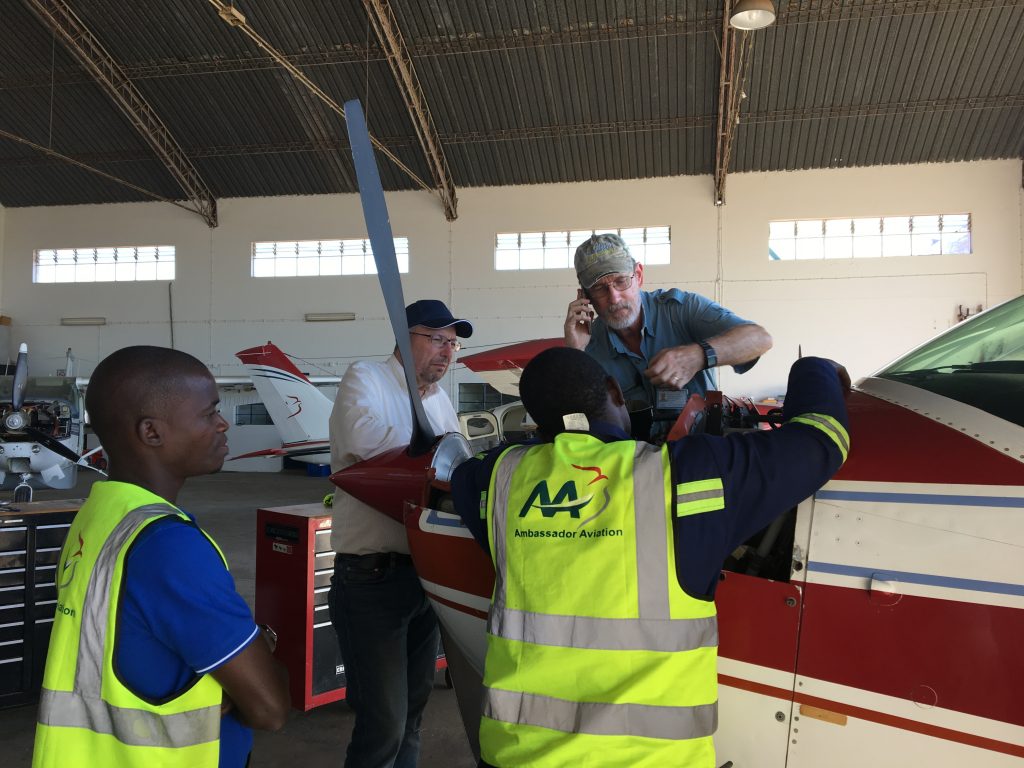






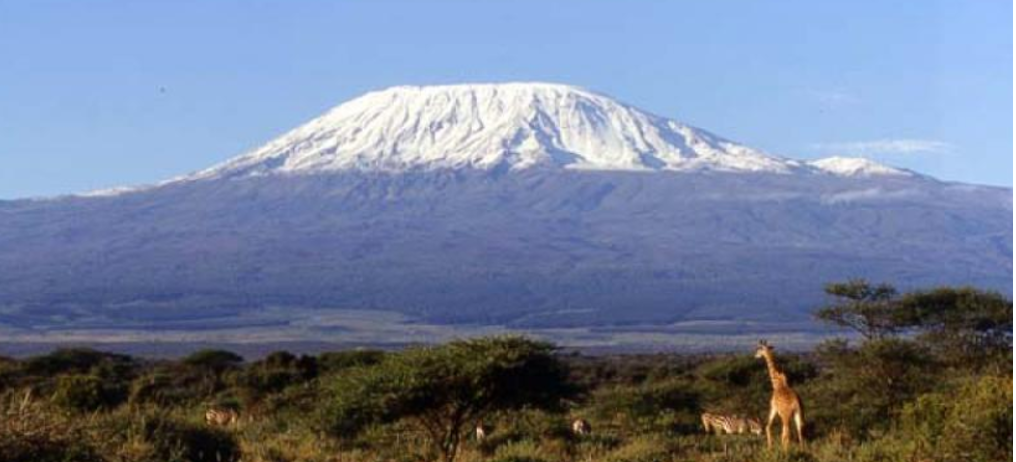



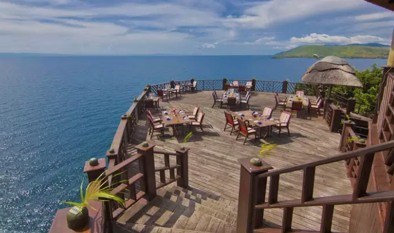 Time to return to Rwanda and fly back into Tanzania for an overnight stop in Kigoma, relaxing with unparalleled views on the Lake Tanganyika, before following the lake shore next day for a flight to Mahale.
Time to return to Rwanda and fly back into Tanzania for an overnight stop in Kigoma, relaxing with unparalleled views on the Lake Tanganyika, before following the lake shore next day for a flight to Mahale.

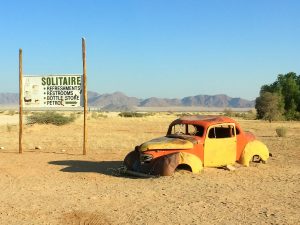 Toyota is built like a tank and didn’t care about any potholes. Otherwise, you may end up like the car on the left. This is in a place judiciously called Solitaire, our hotel
Toyota is built like a tank and didn’t care about any potholes. Otherwise, you may end up like the car on the left. This is in a place judiciously called Solitaire, our hotel 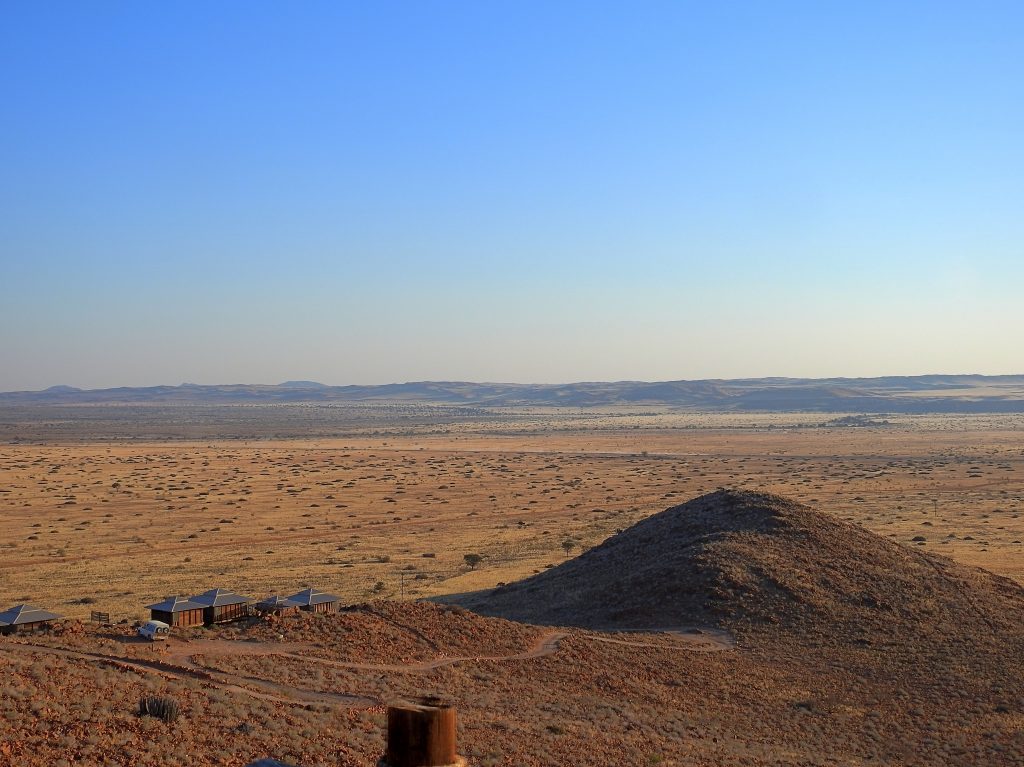
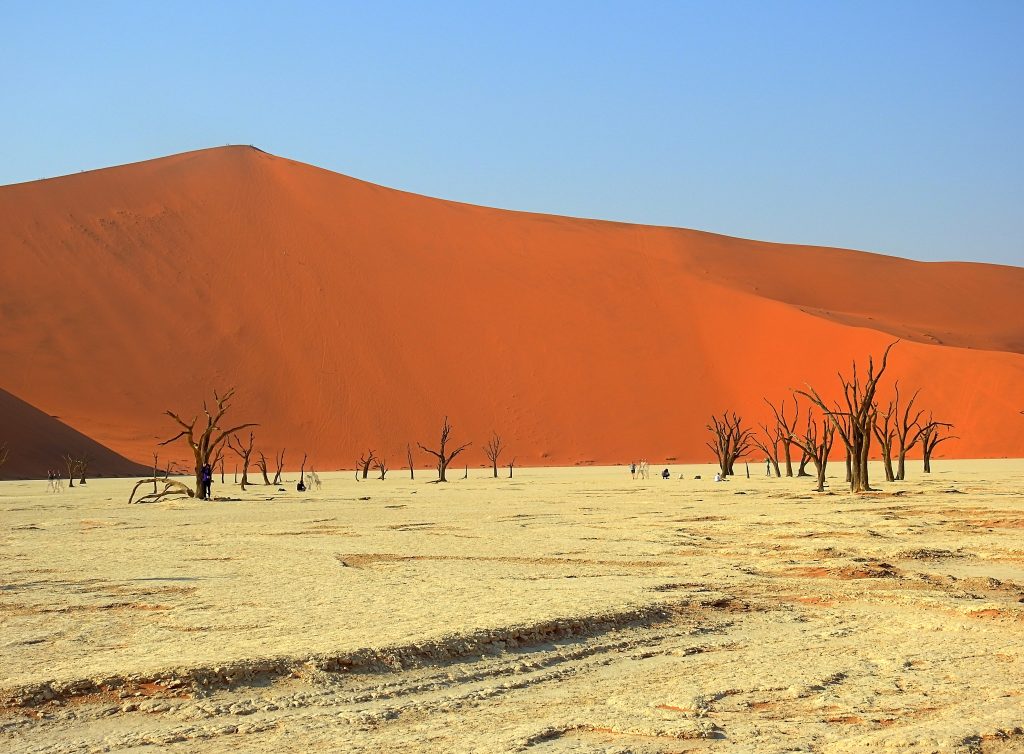
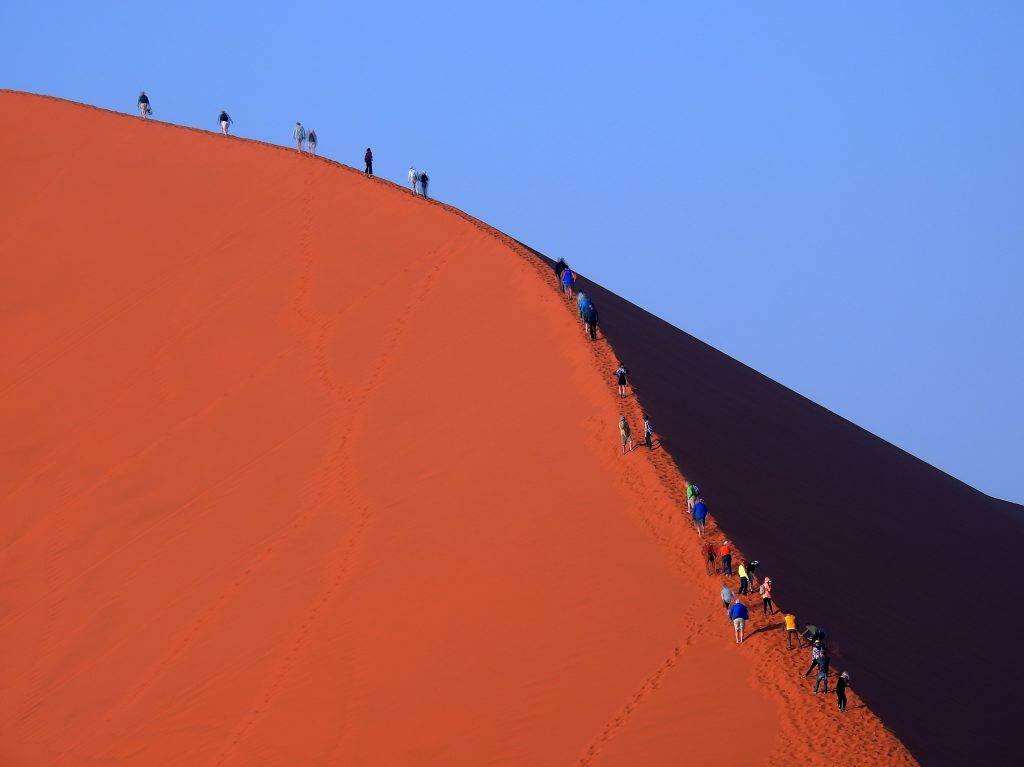

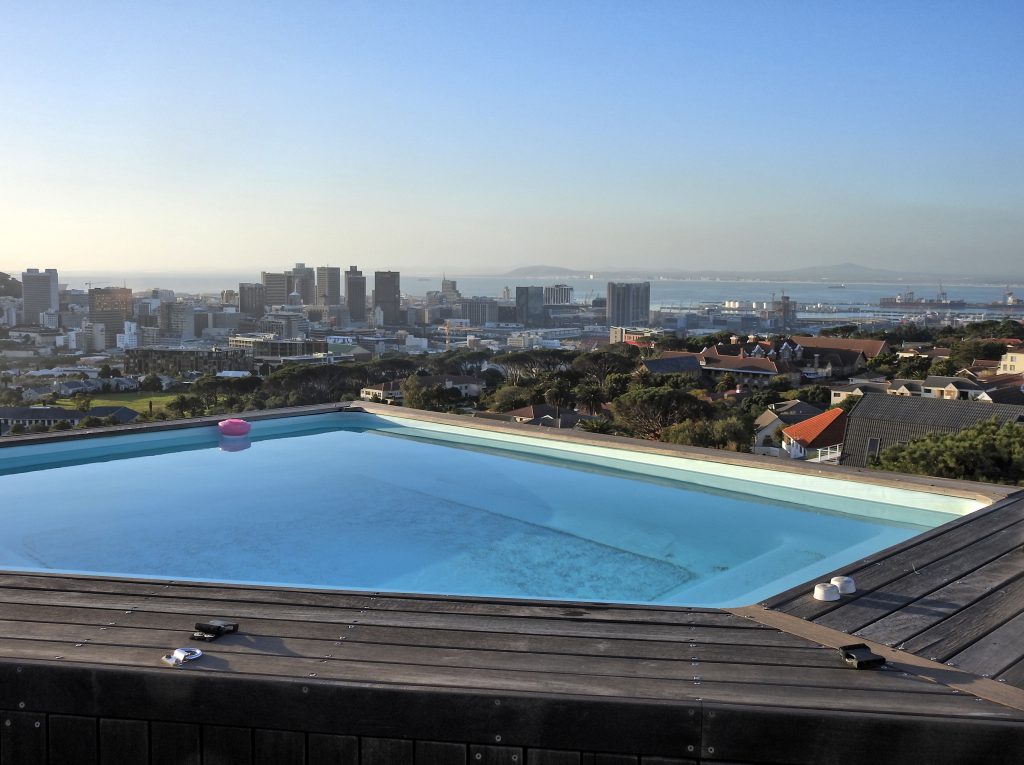

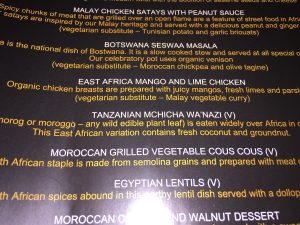 This is a bit of touristy place, but the food is fun and the show is exciting. The
This is a bit of touristy place, but the food is fun and the show is exciting. The 
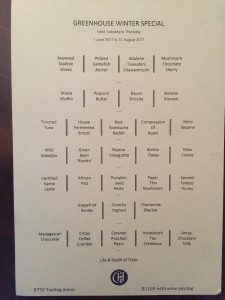
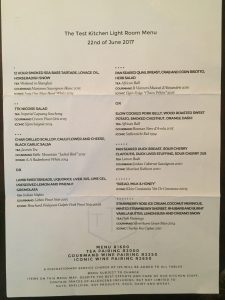 We’ve been to Bernard Loiseau’s
We’ve been to Bernard Loiseau’s 